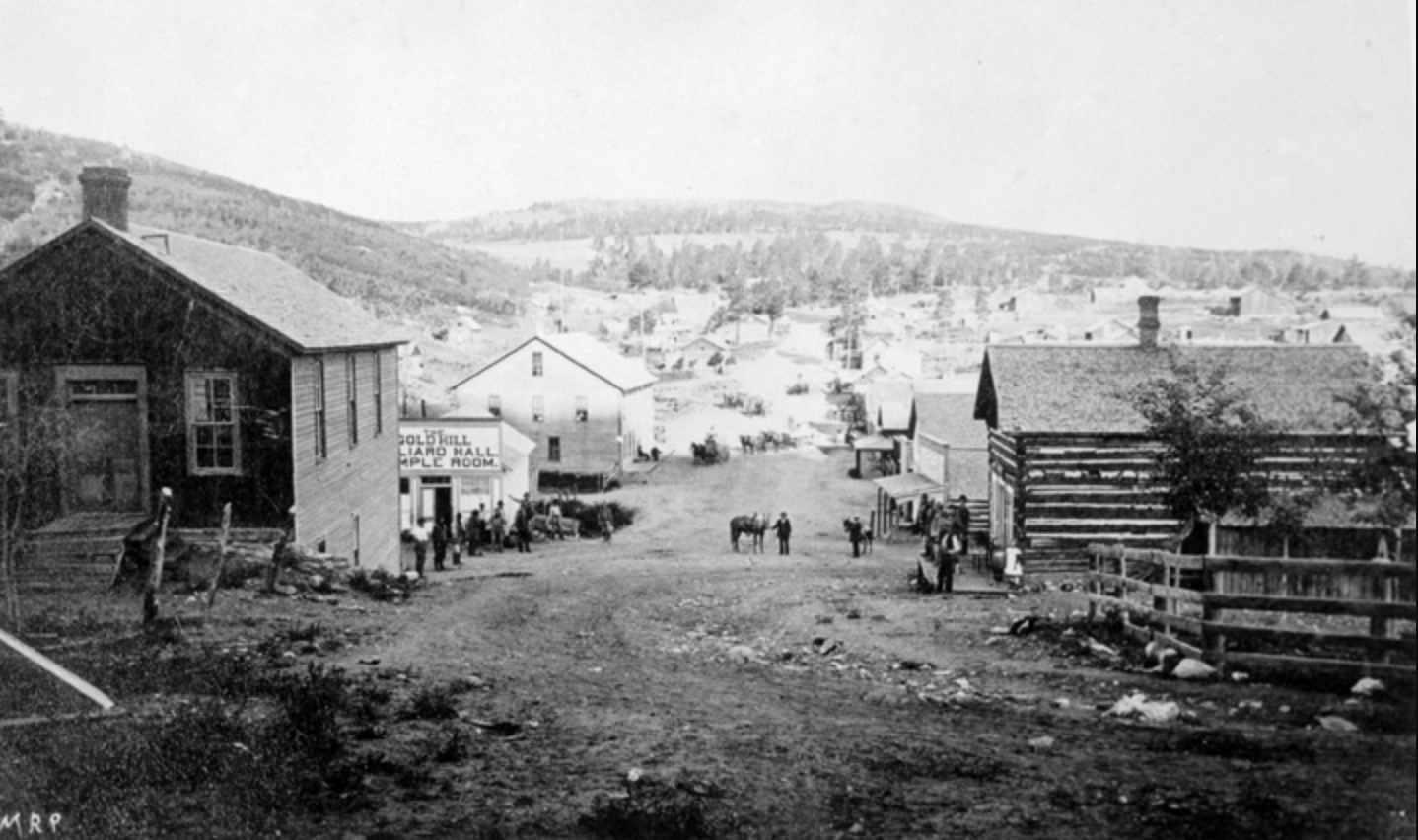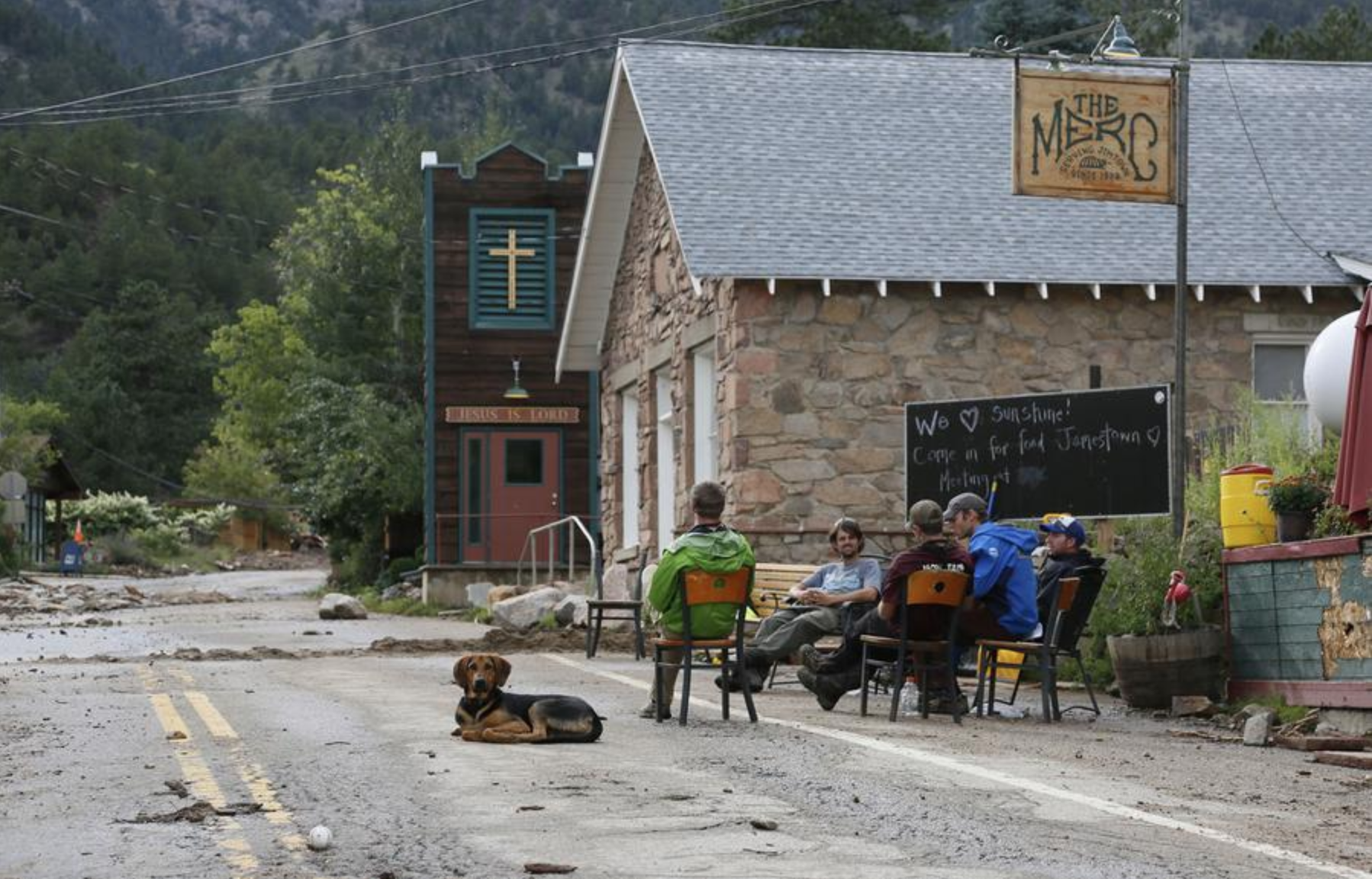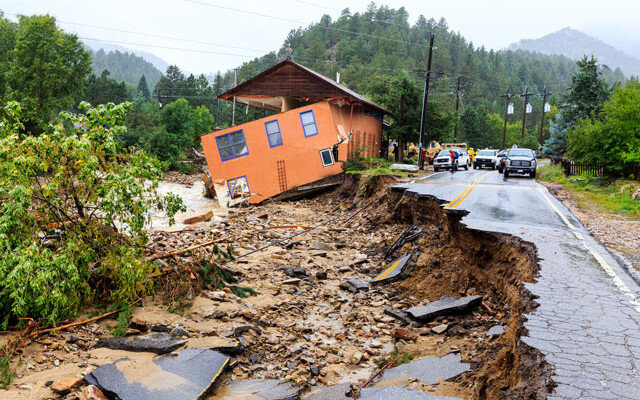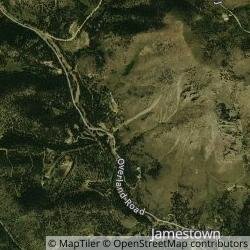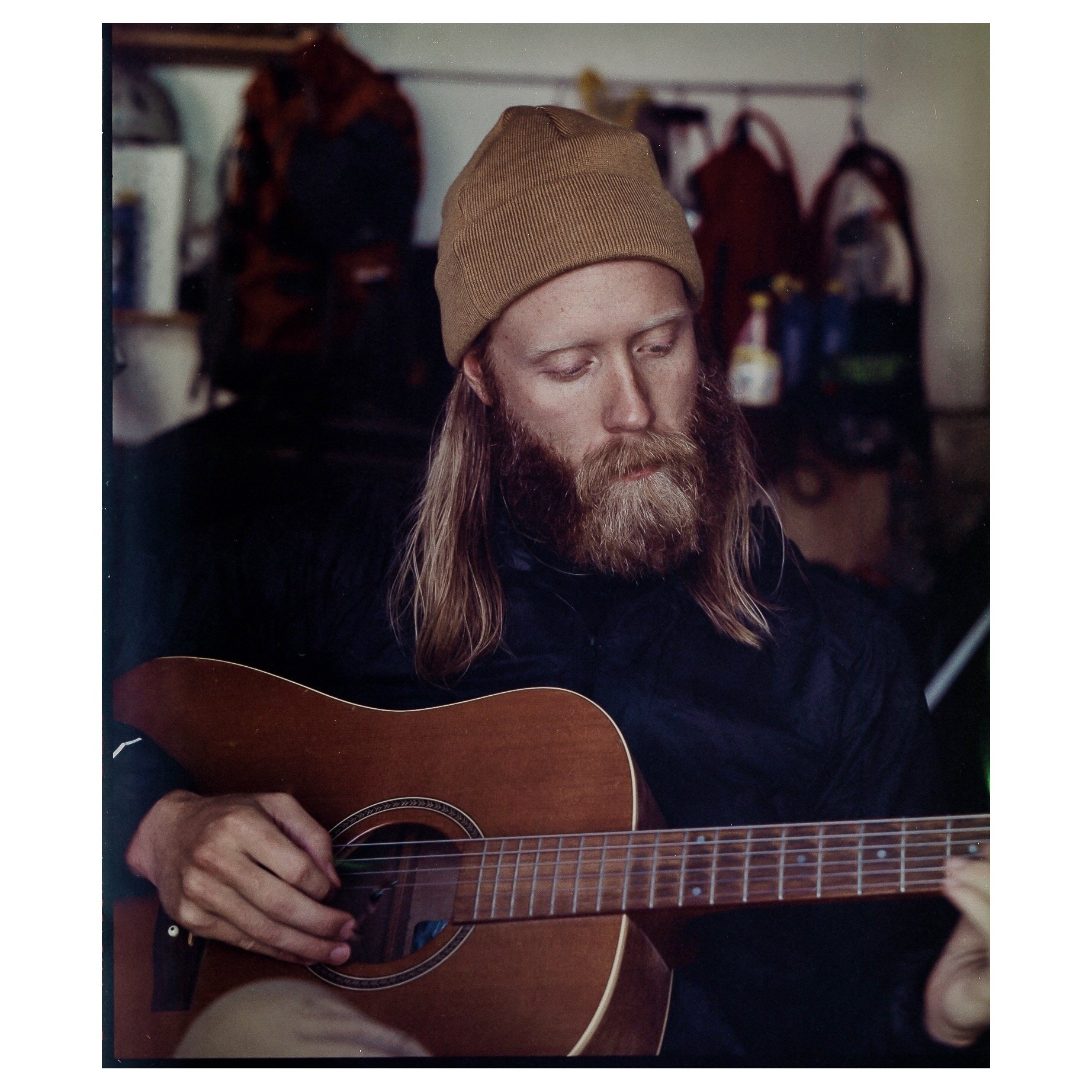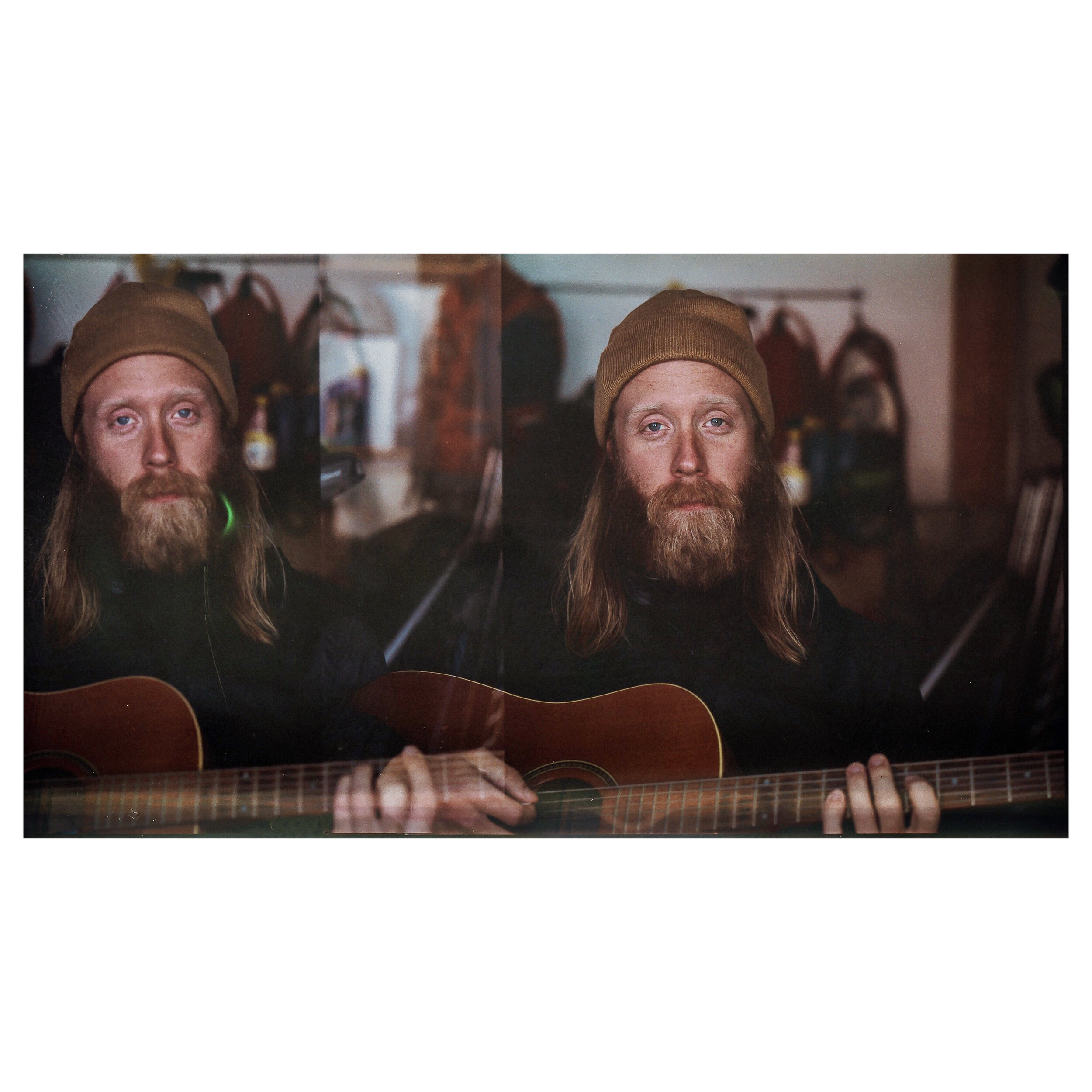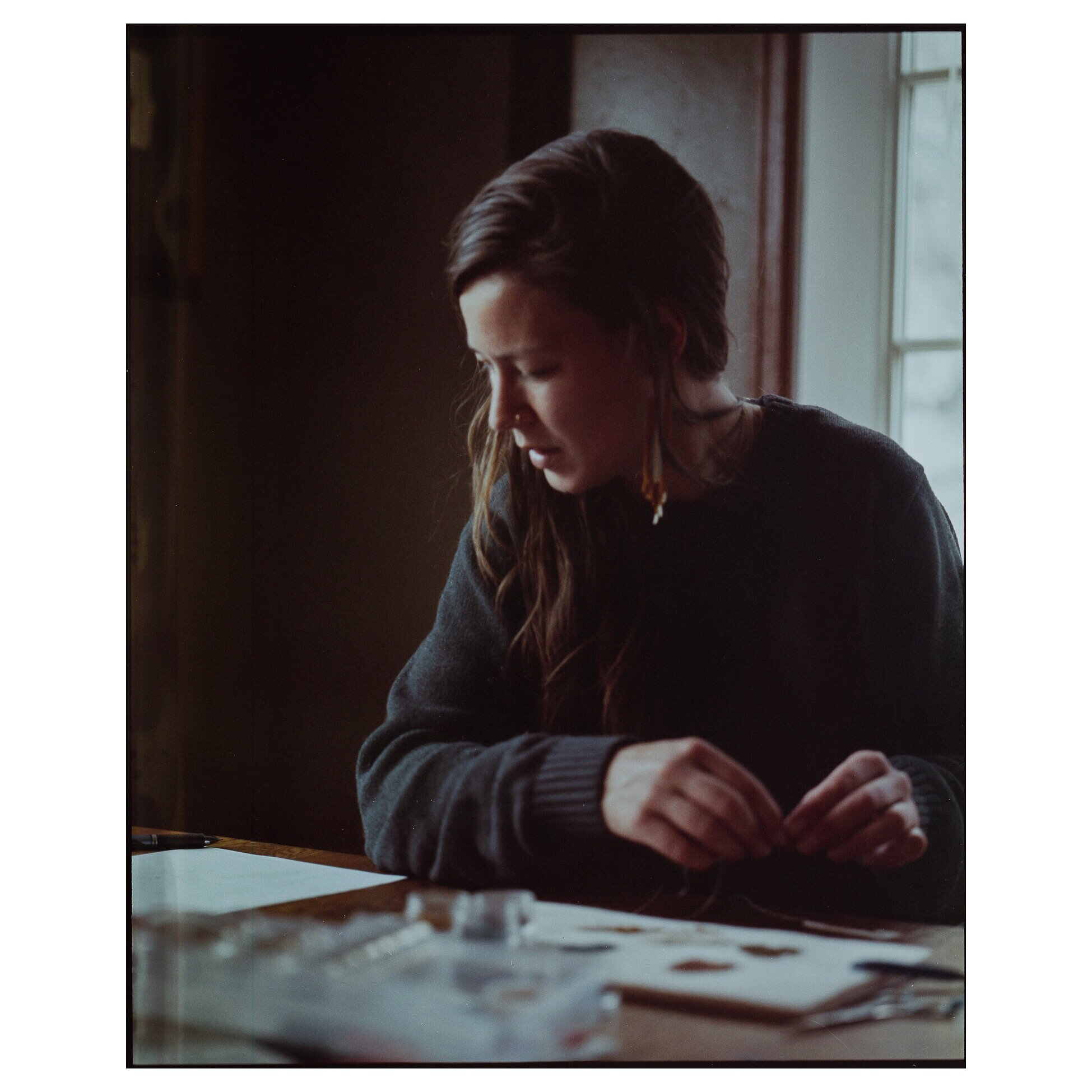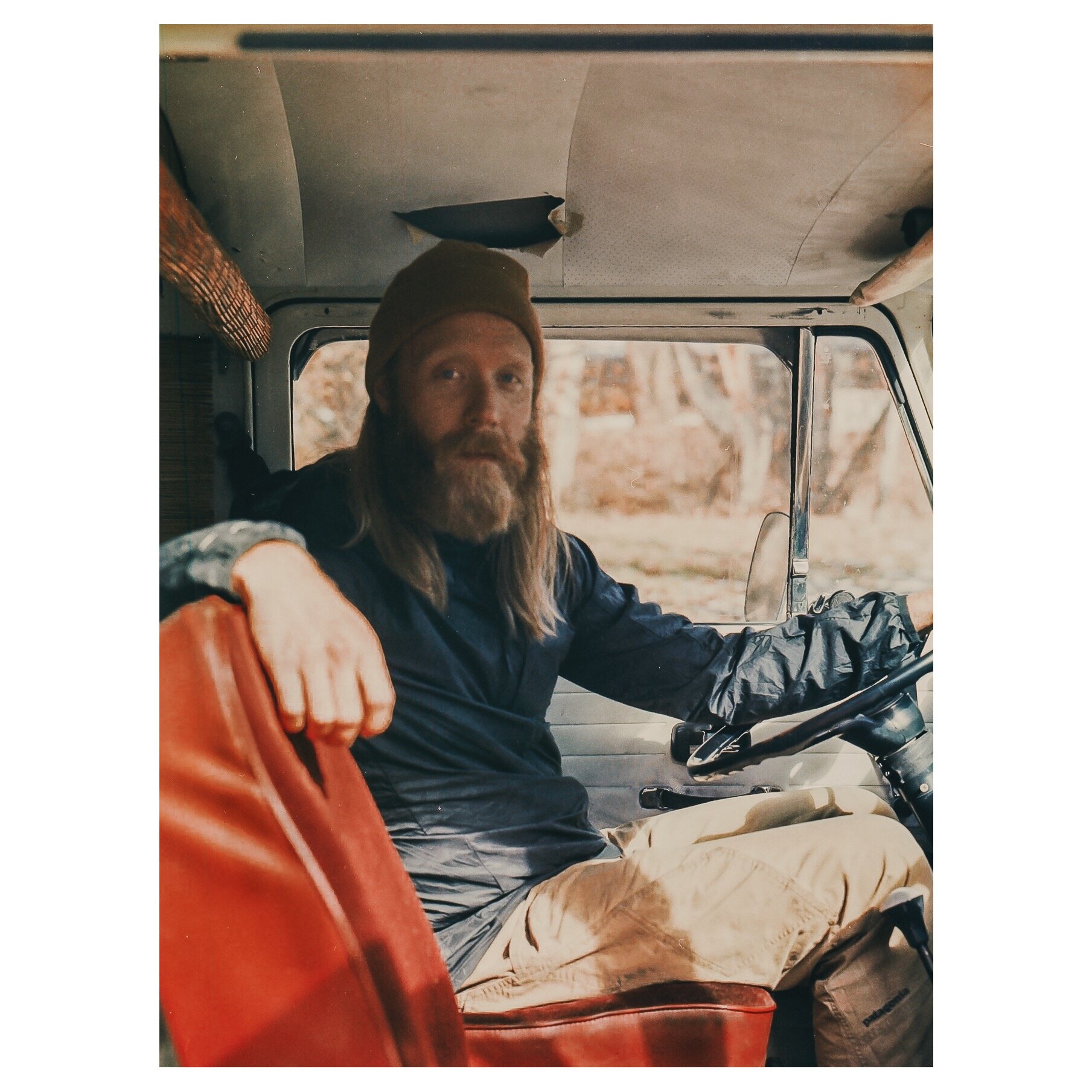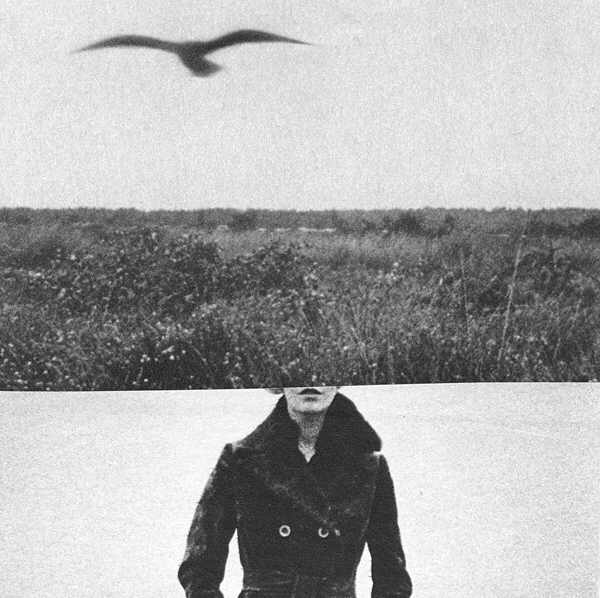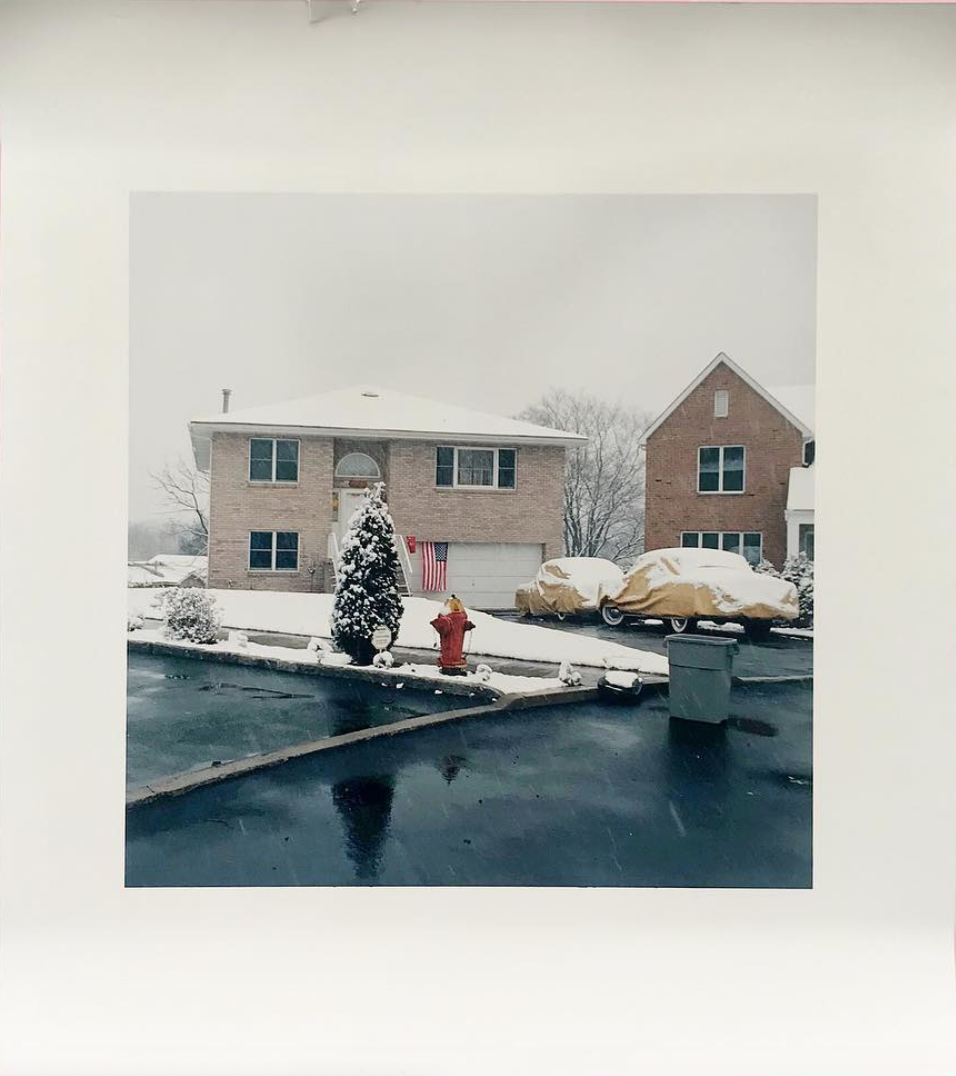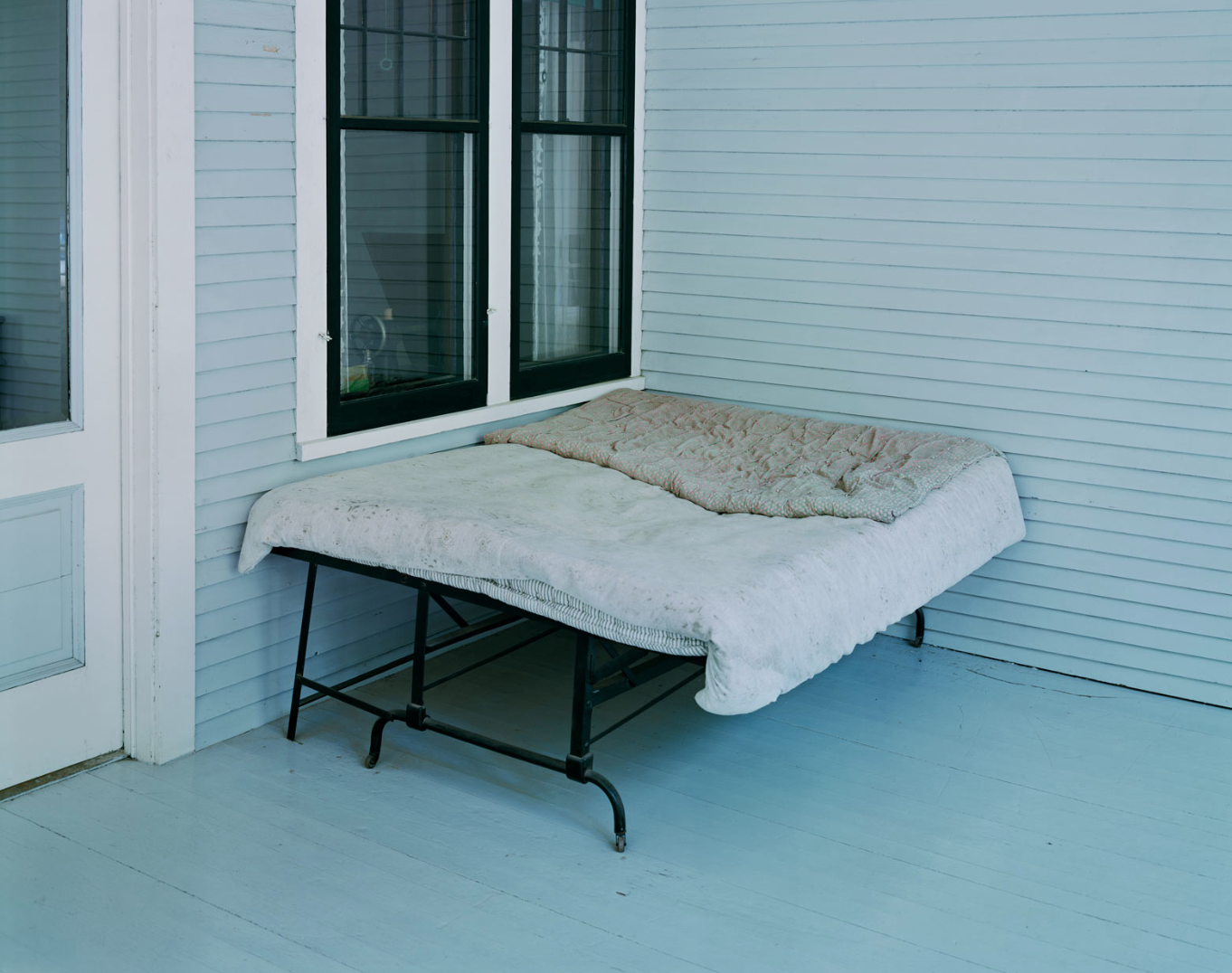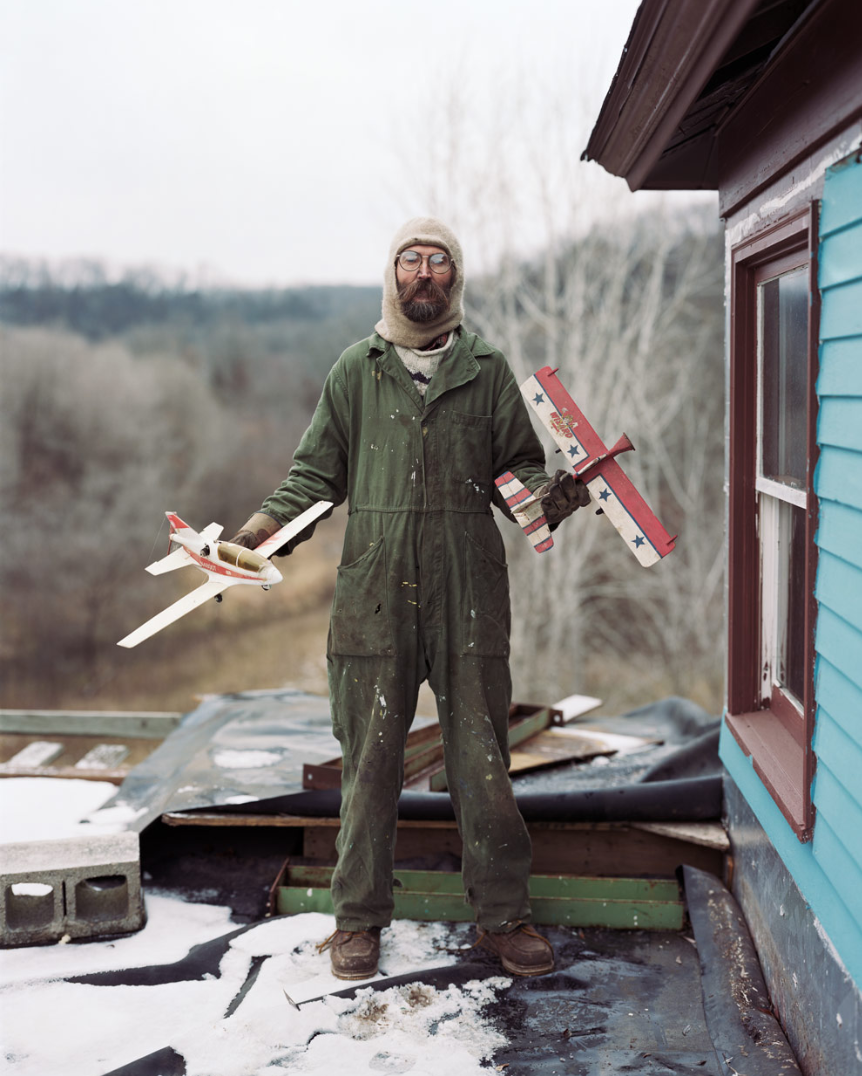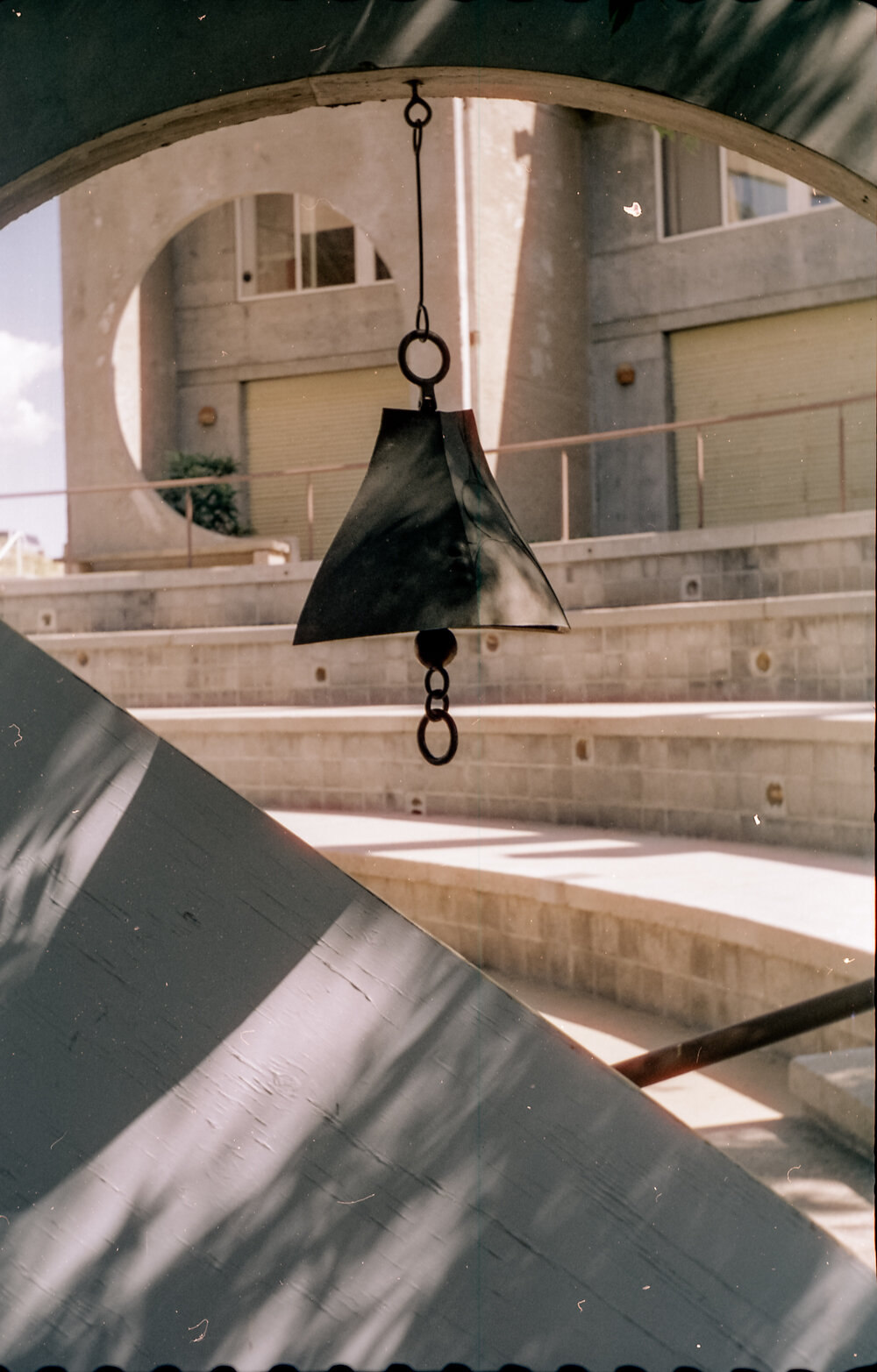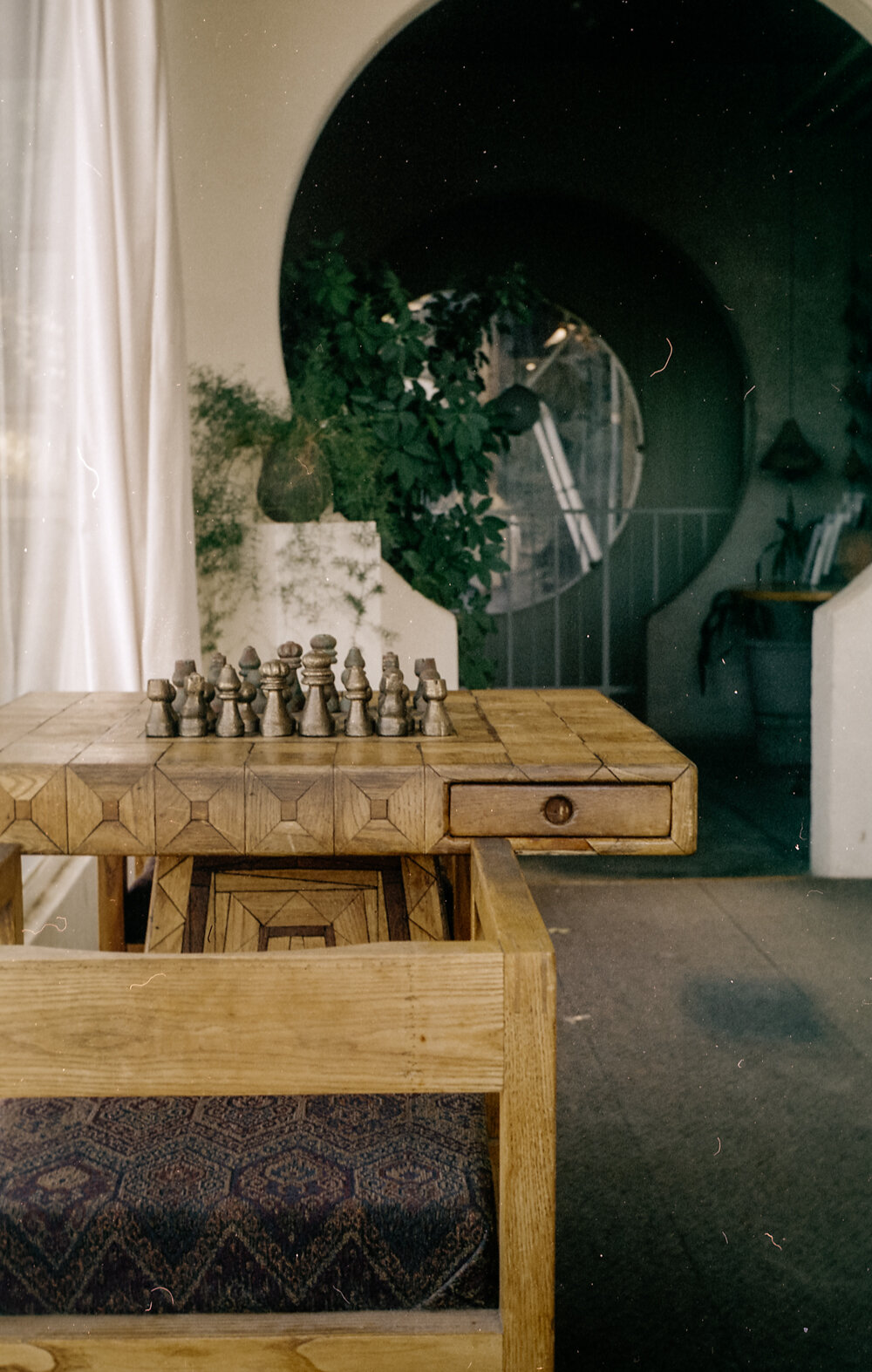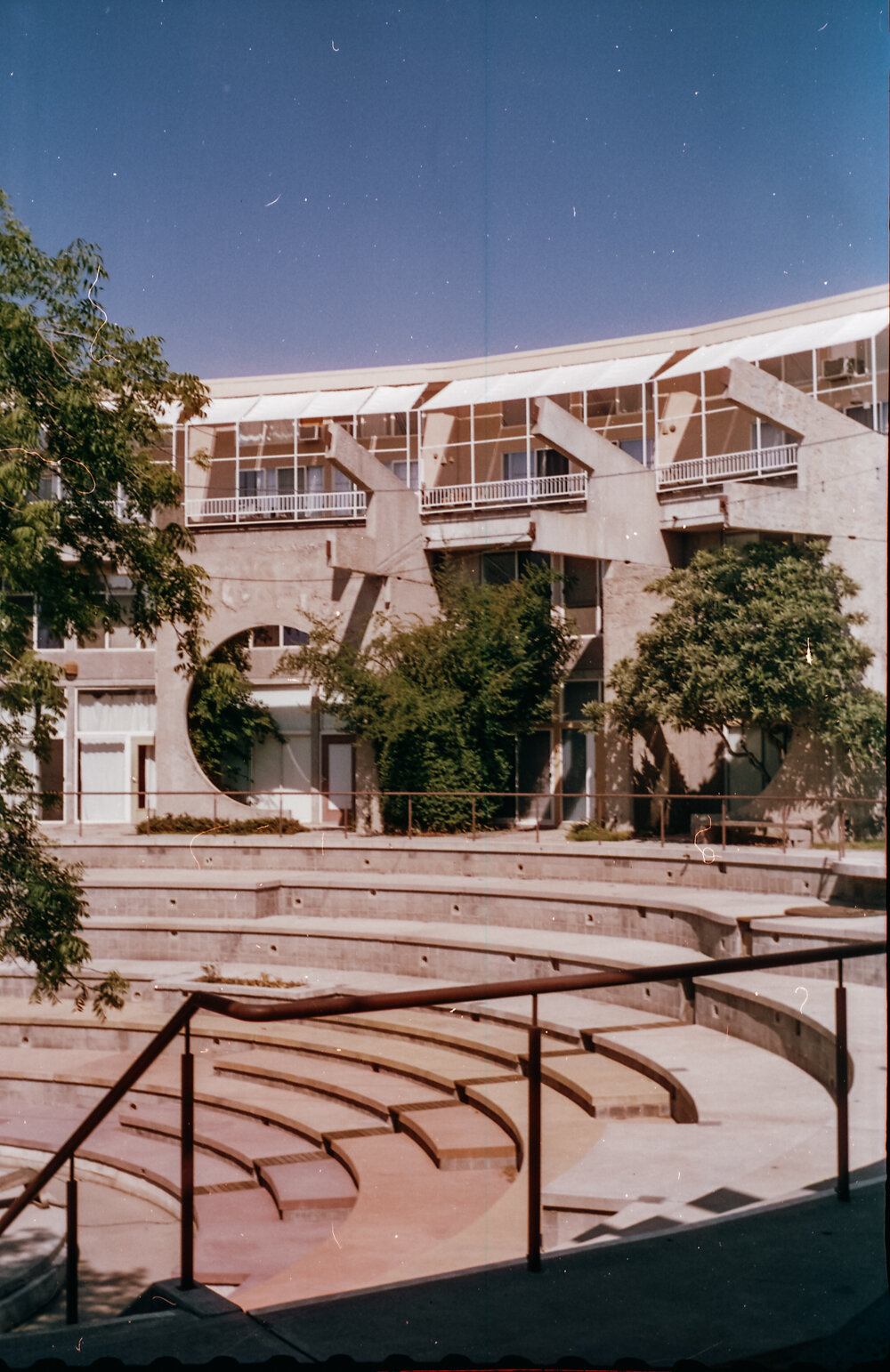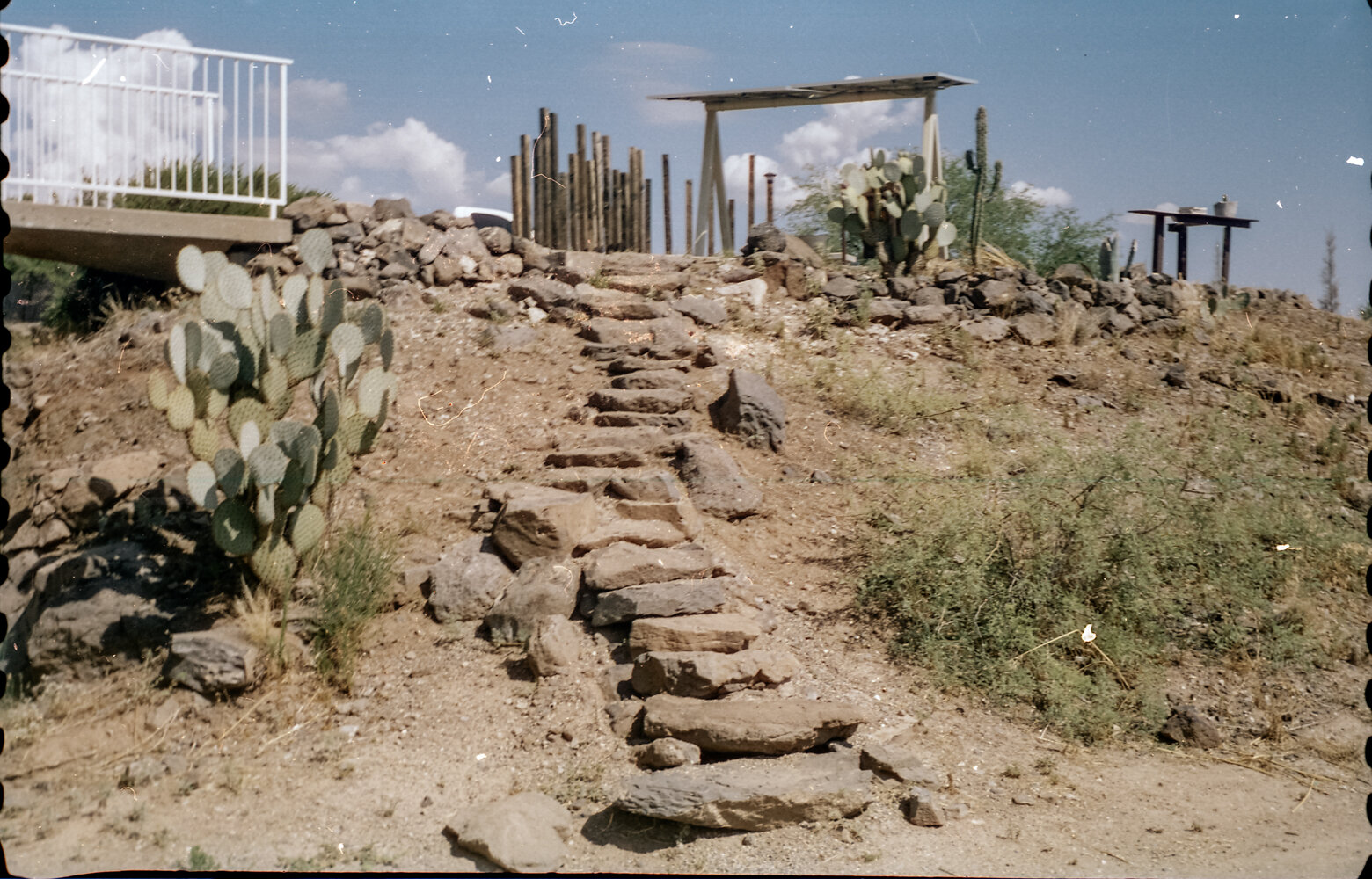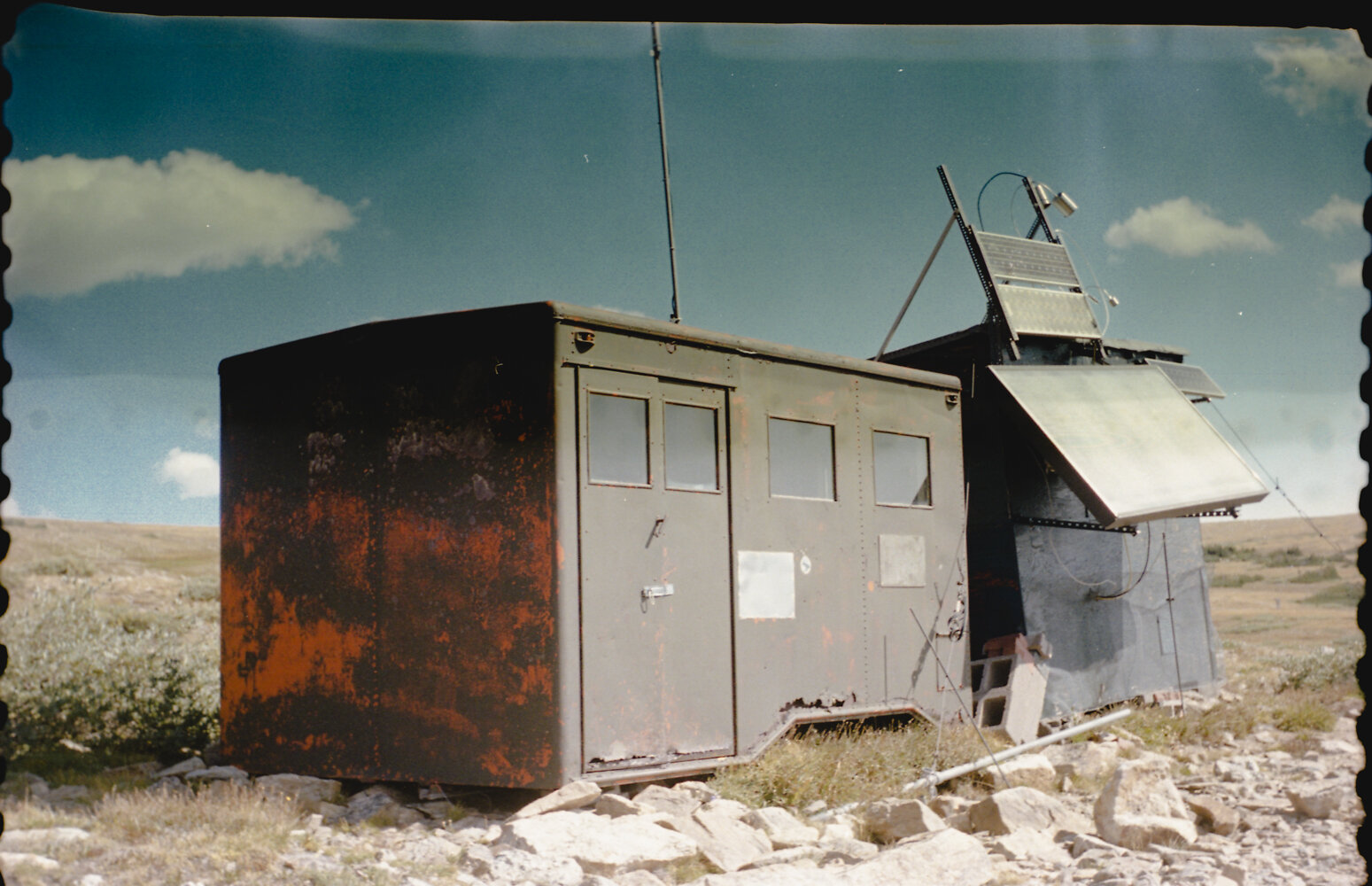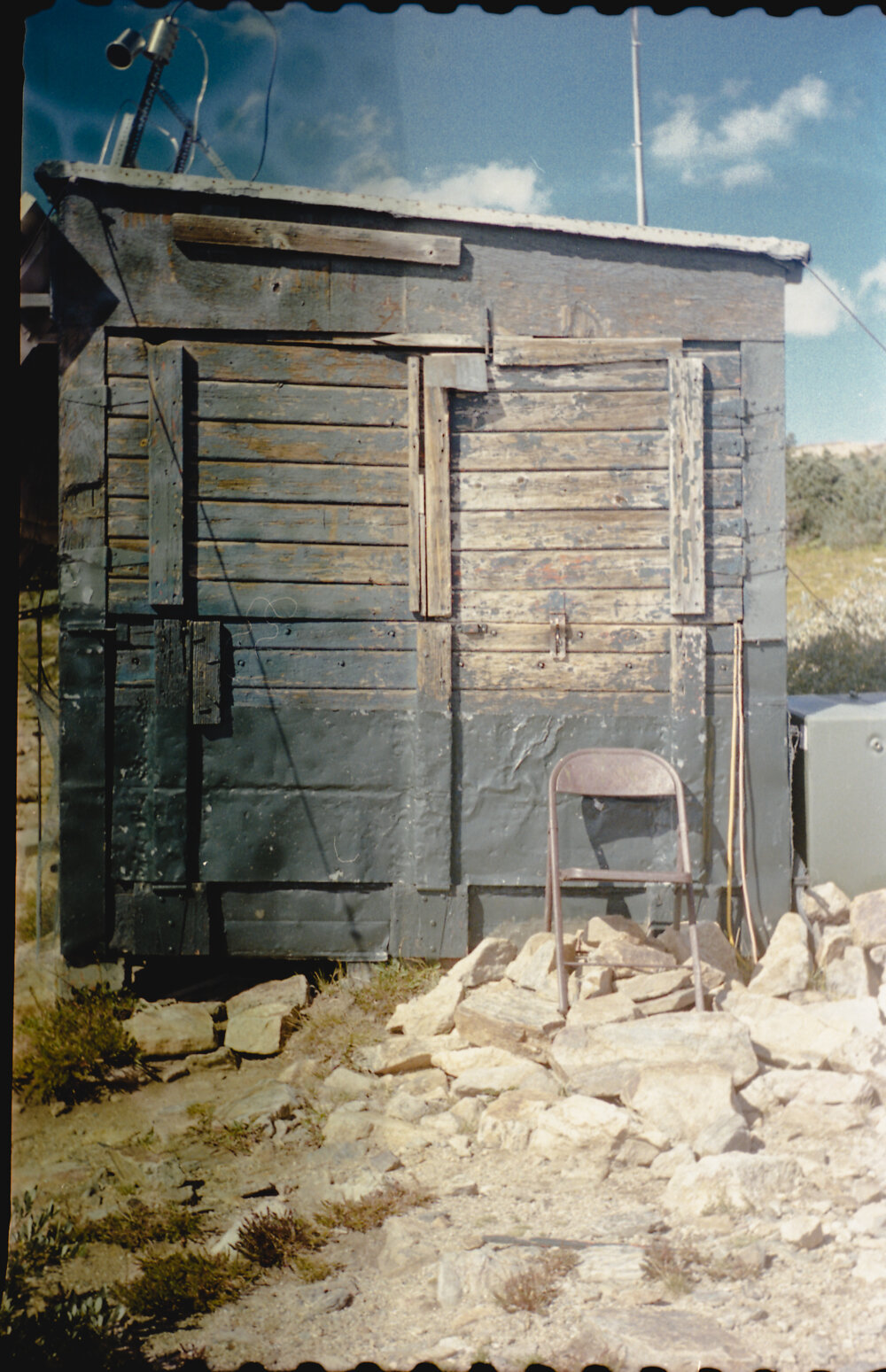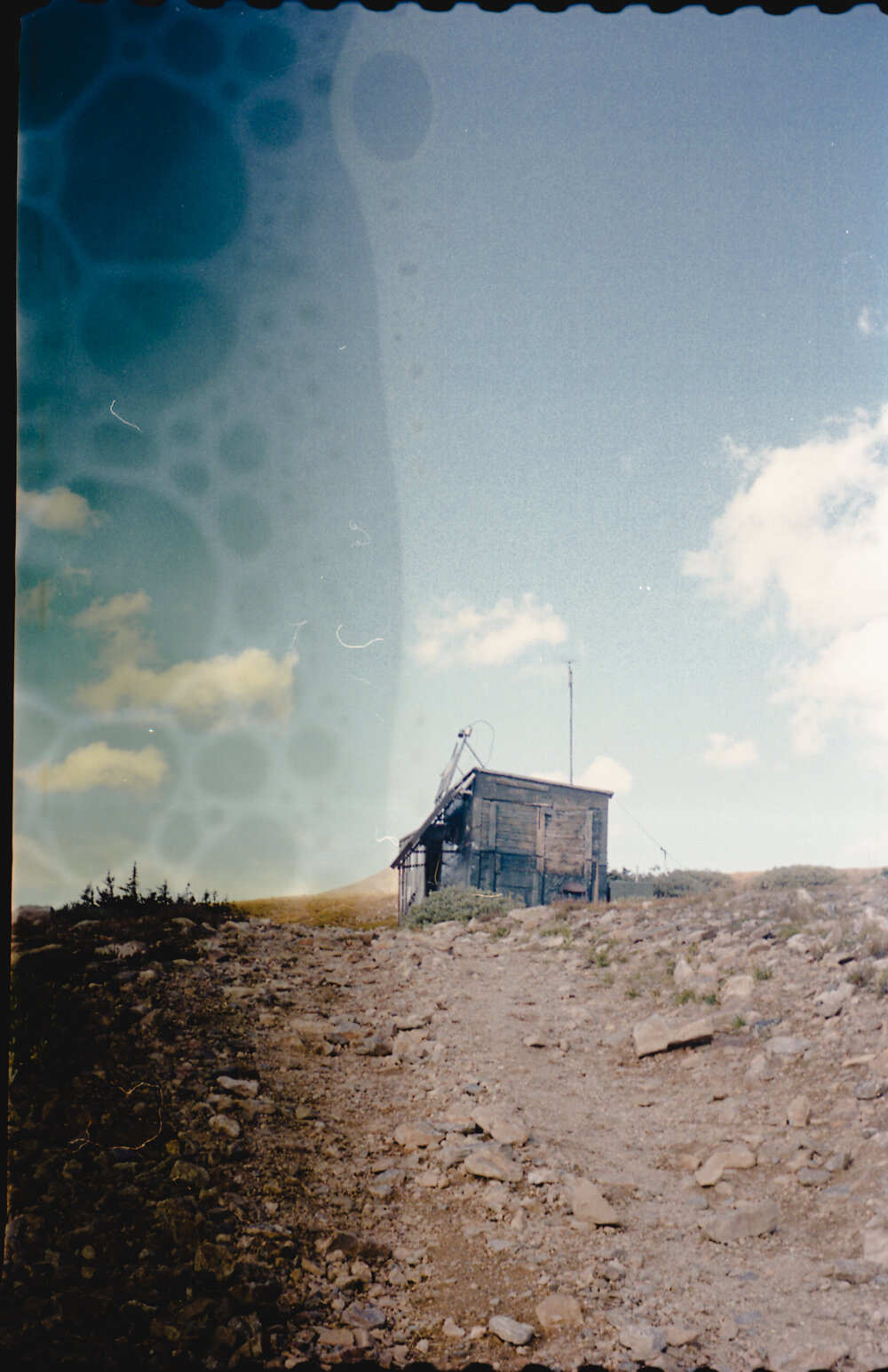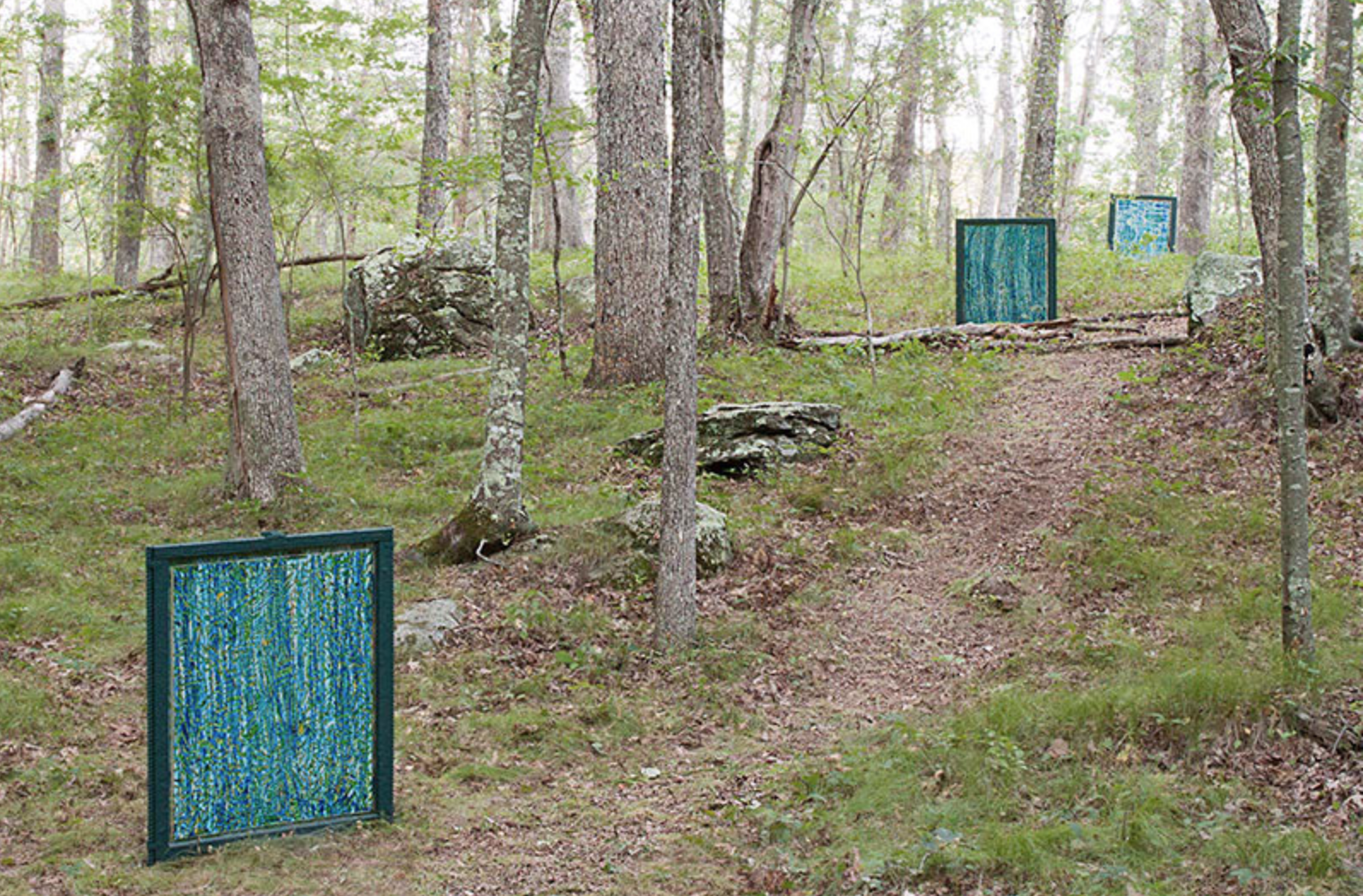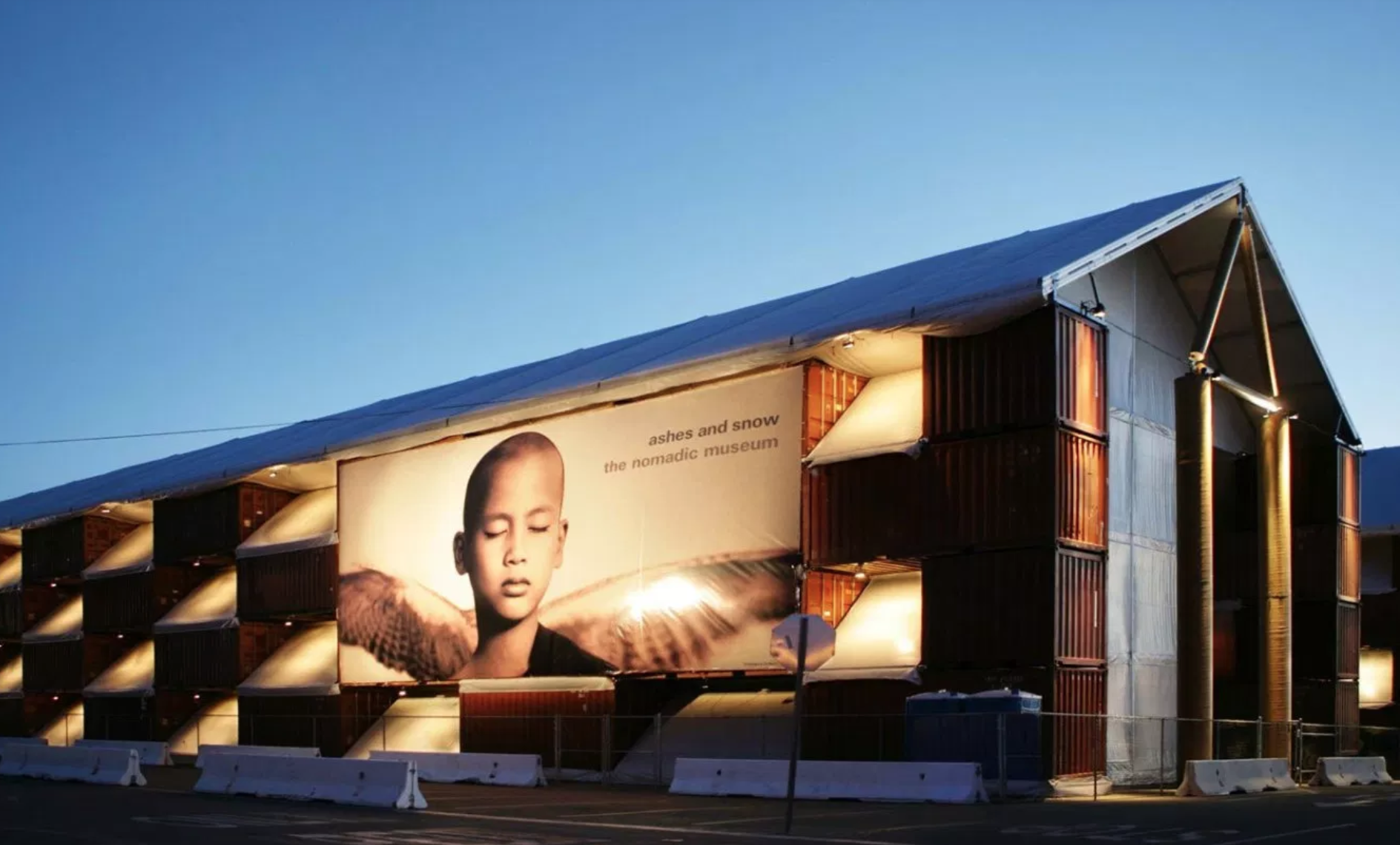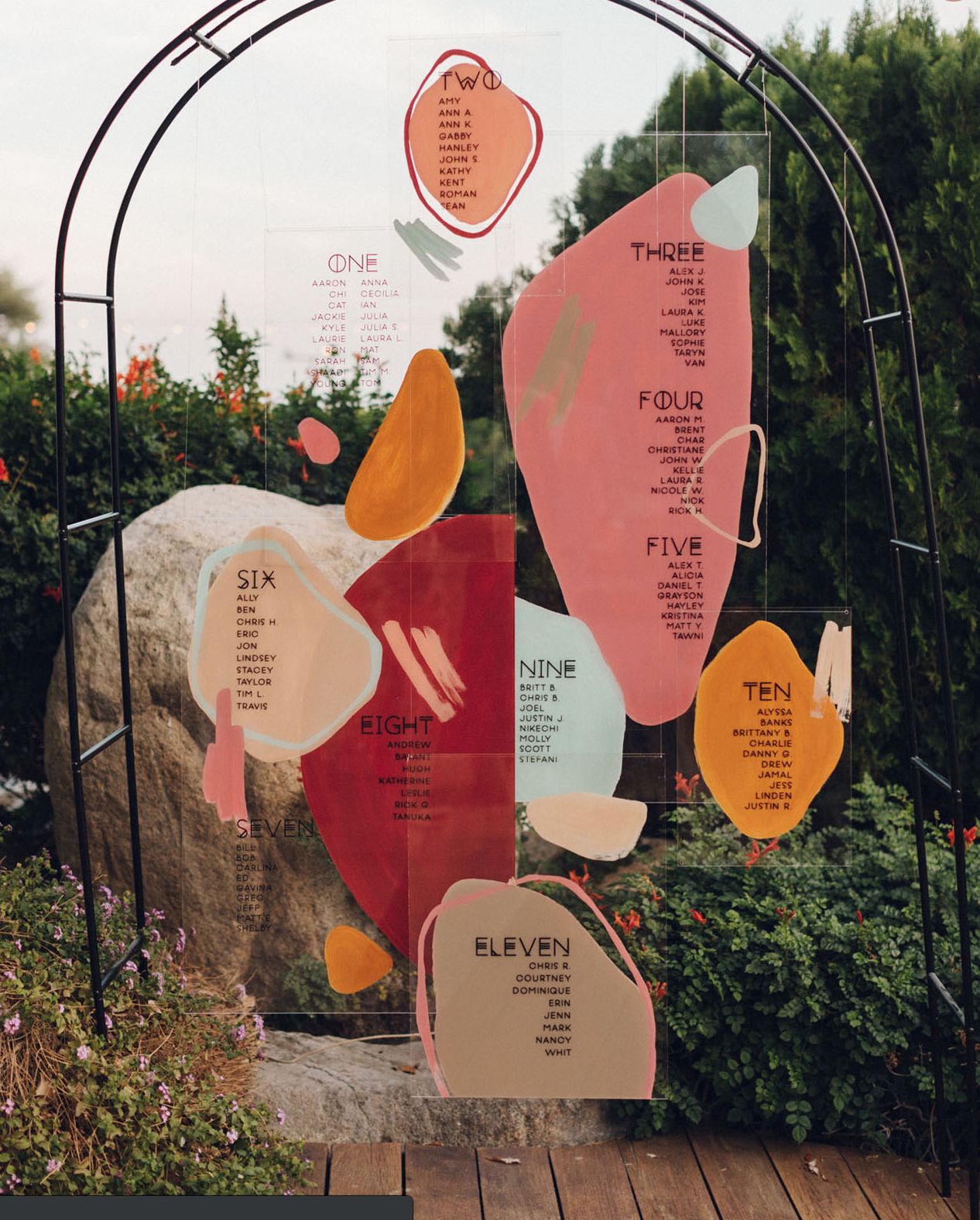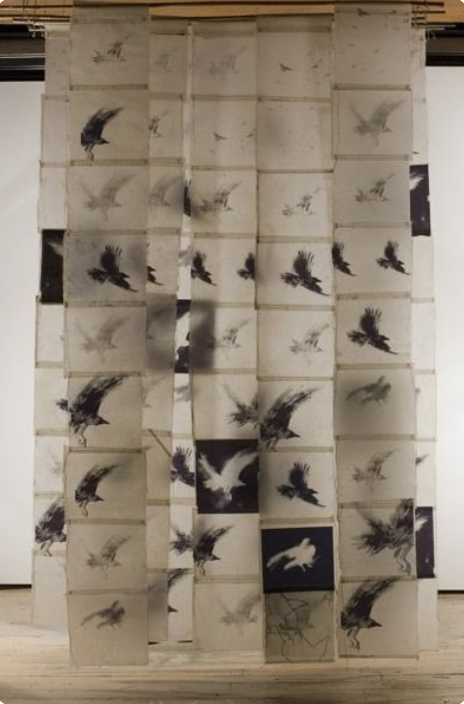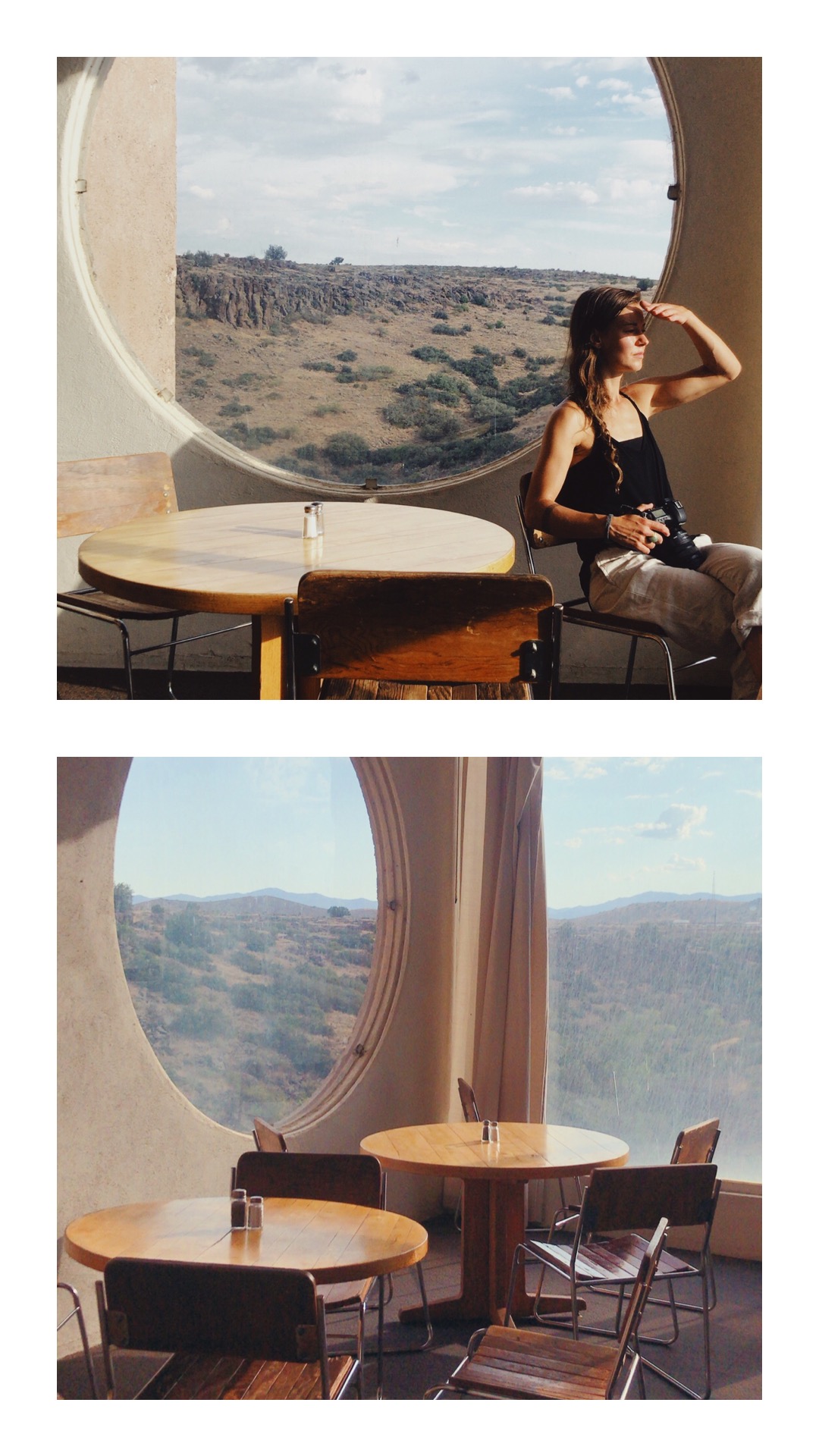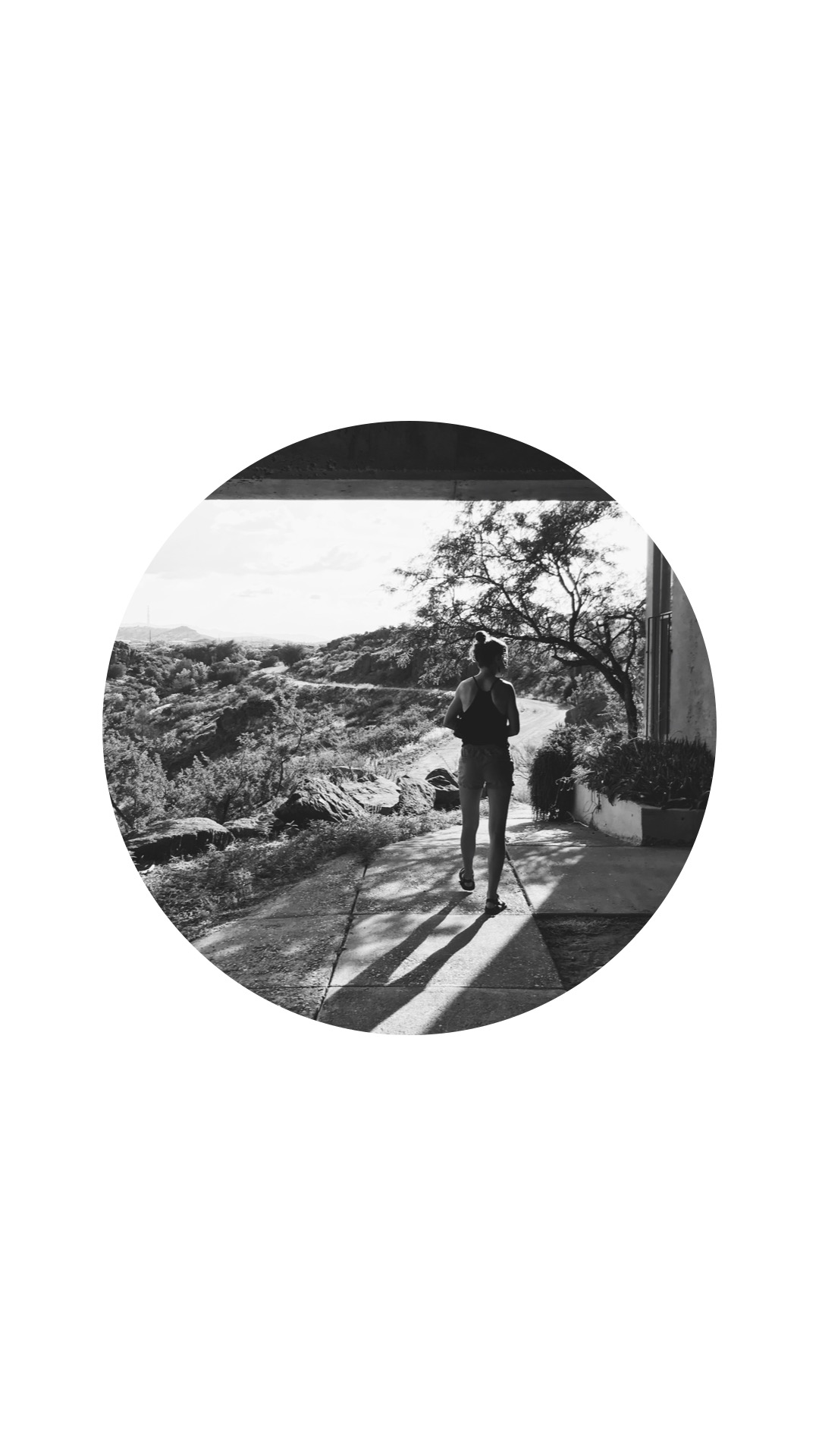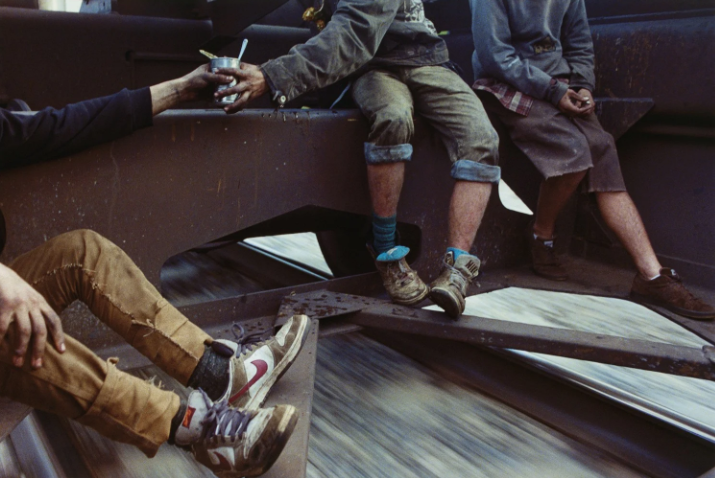
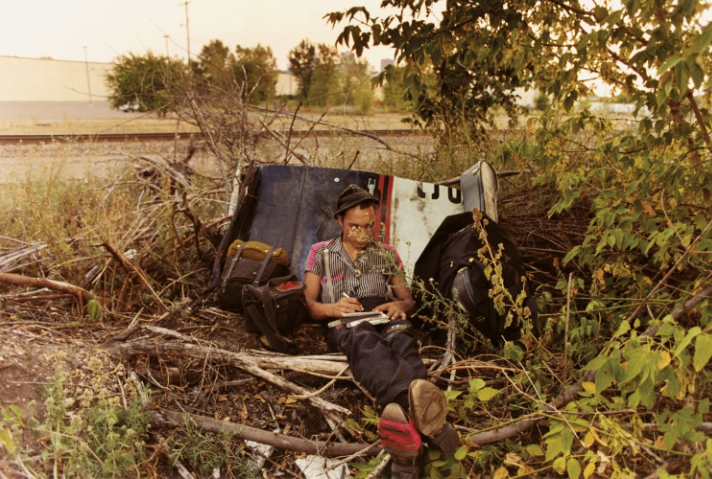
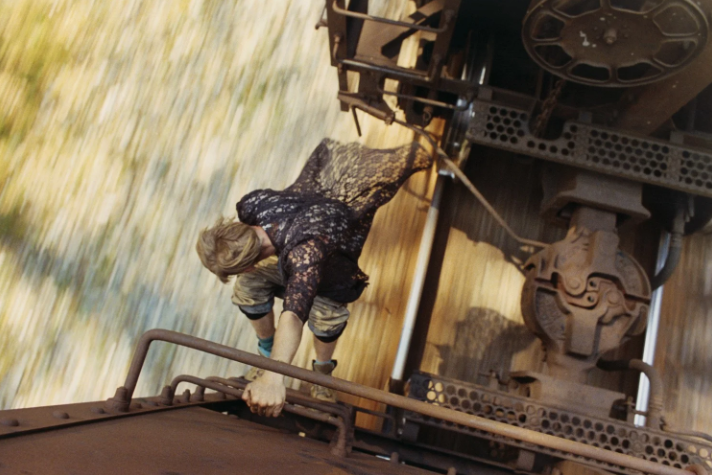
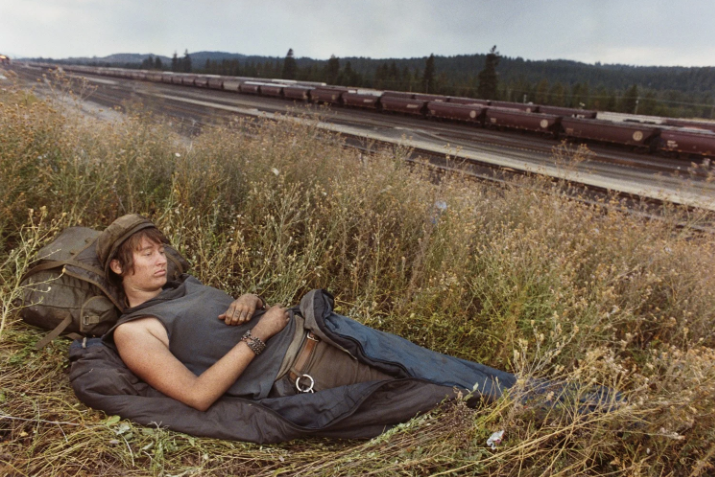
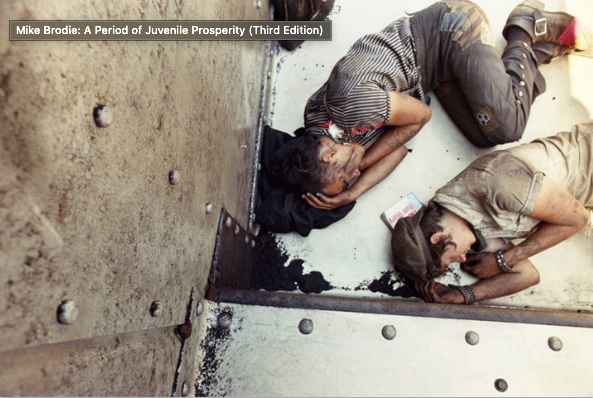
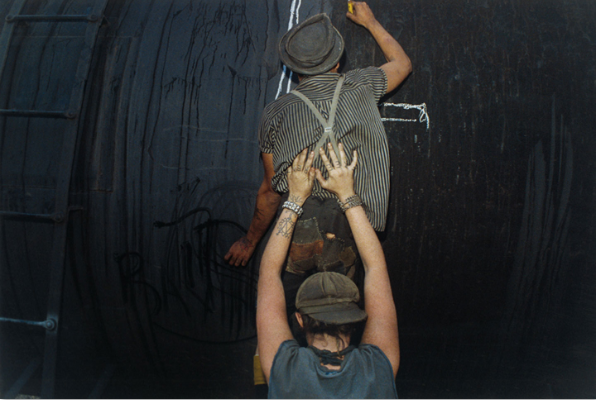
Over the past few weeks, I have come to realize, more and more that my project is very much a way for me to take stock and evaluate my life back in America. I still feel that this land is very foreign in some ways and am very intrigued by the multiple layers of life that you will find here, especially in the mountains and open desert landscape that you will find further west.
This refection has led me to find Mike Brodie. Brodie lived the life he documented, a life that was mostly lived on trains, resulting in images that reflect the outside world in a blur, the ground and outside world flying by in a blur, while in contrast Brodie and his friends are so comfortable, and calmly going about their day on the train, in their own world.
What draws me into his work he is colours, tones and ability to compose beautifully ordinary and imamate moments, that is apart of everyday life for not only for this vagabond family but for everyone, making these his images of a somewhat chaotic and grungy world relatable, personal and full of wonder.
When reflecting on the ascetic and direction of my work, I take quite a bit of inspiration from Brodie. Its made me realise that I need to take the time to reflect on my surrounds, or rather allow my self to apart of them more, not just as an observer with a camera. I’m allowed to slow down and take time with the quieter moments rather than having the perfectly orchestrated photo every single time.
source: https://www.vincentborrelli.com
Danny Lyons has also come to my attention. In very similar ways to Brodie, he allowed himself to wander into a life that was with a group of people living an unconventional life with the Chicago Outlaws motorcycle club and fully embracing it and I find his dedication to the pursuit of documenting the lives of the people from multiple parts of society and cultures motivating and encouraging, and again makes me raise that taking the time to understand where you are and who is in front of your camera import and will only help build a better and fuller narrative within a body of work, that leads to connecting people beyond the photograph.
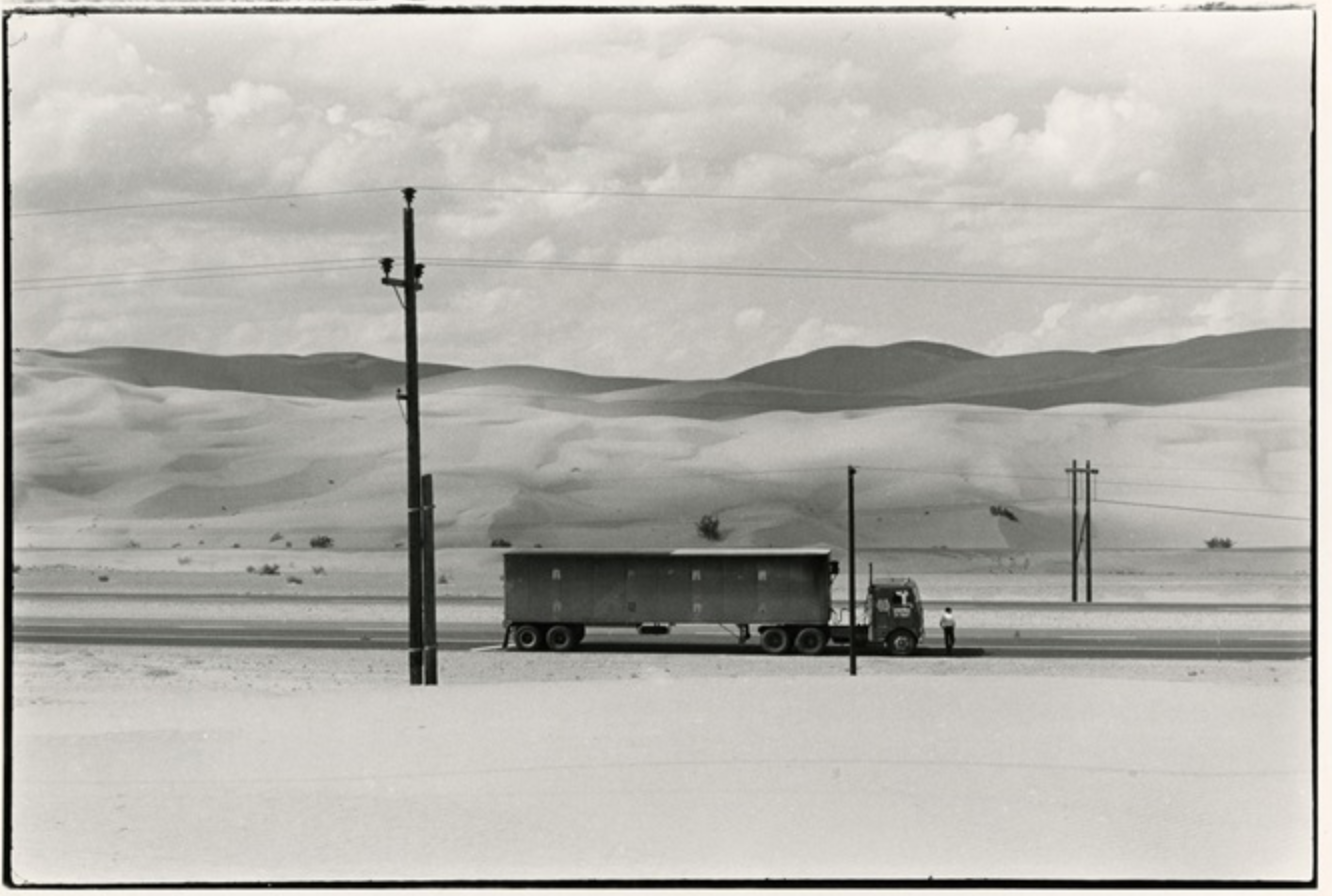
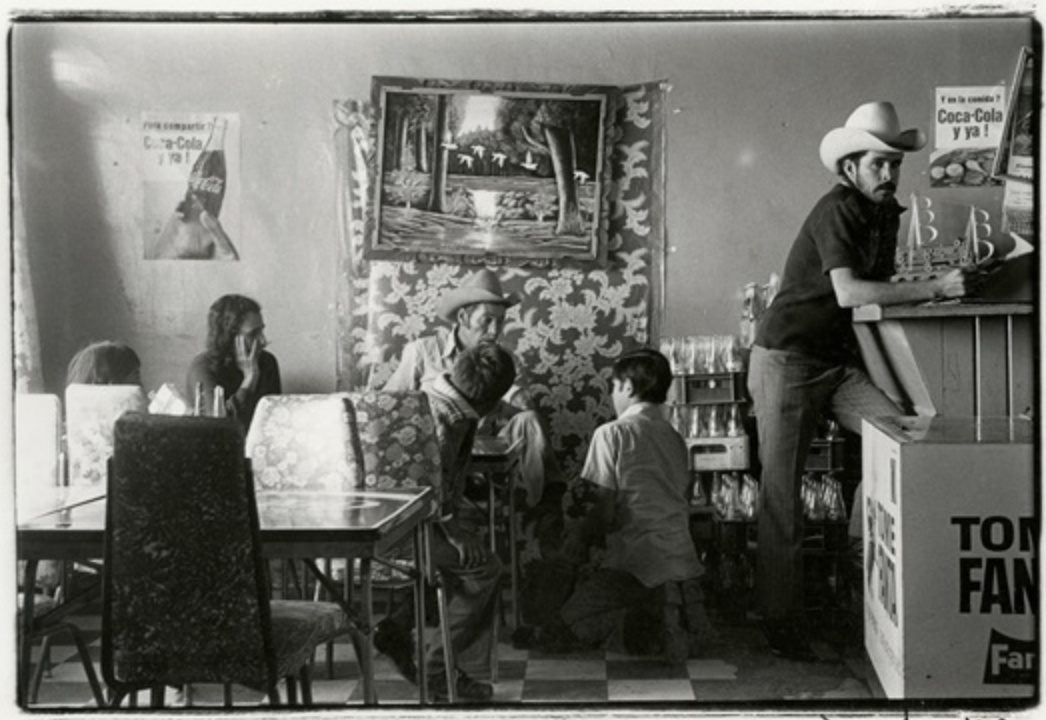
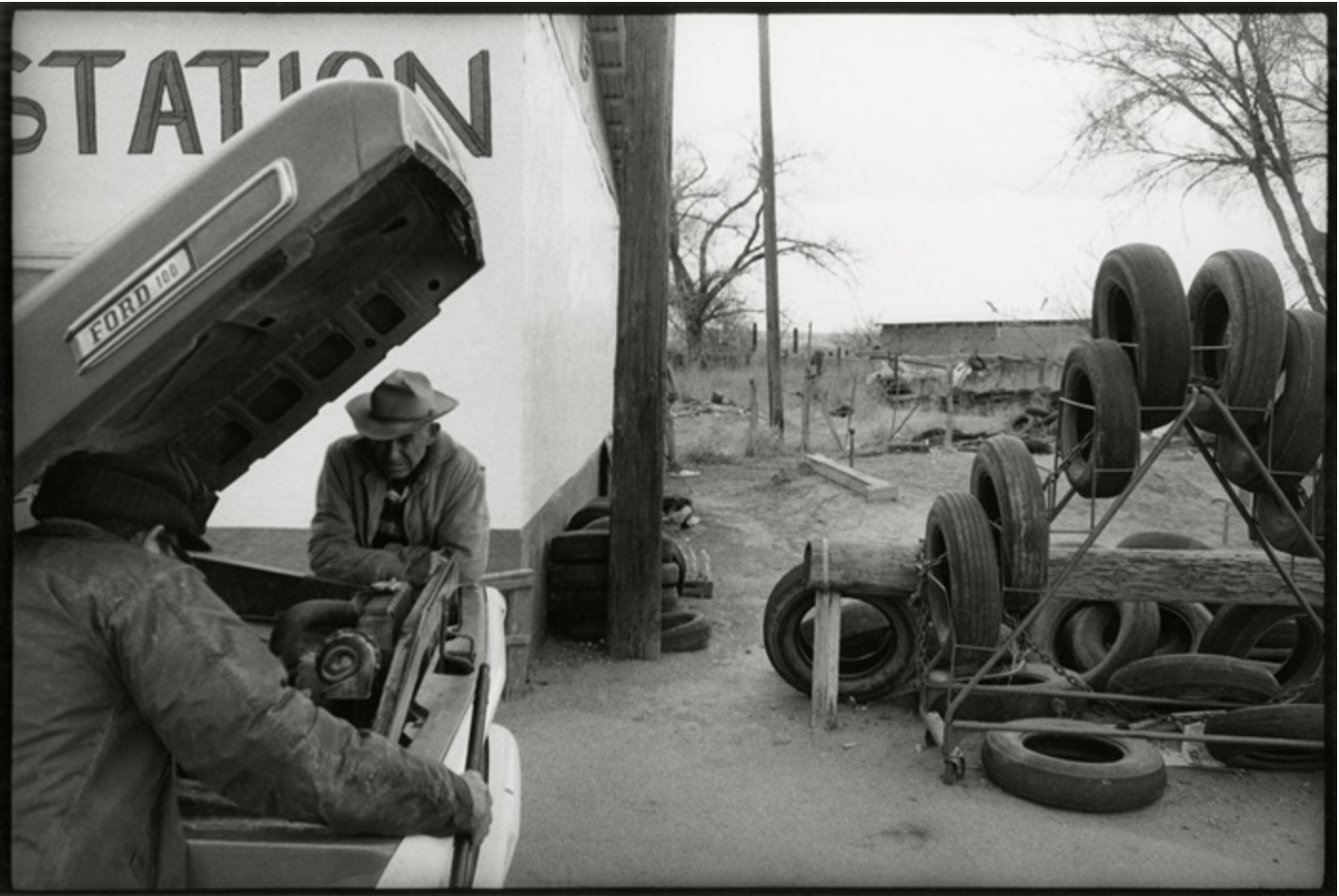
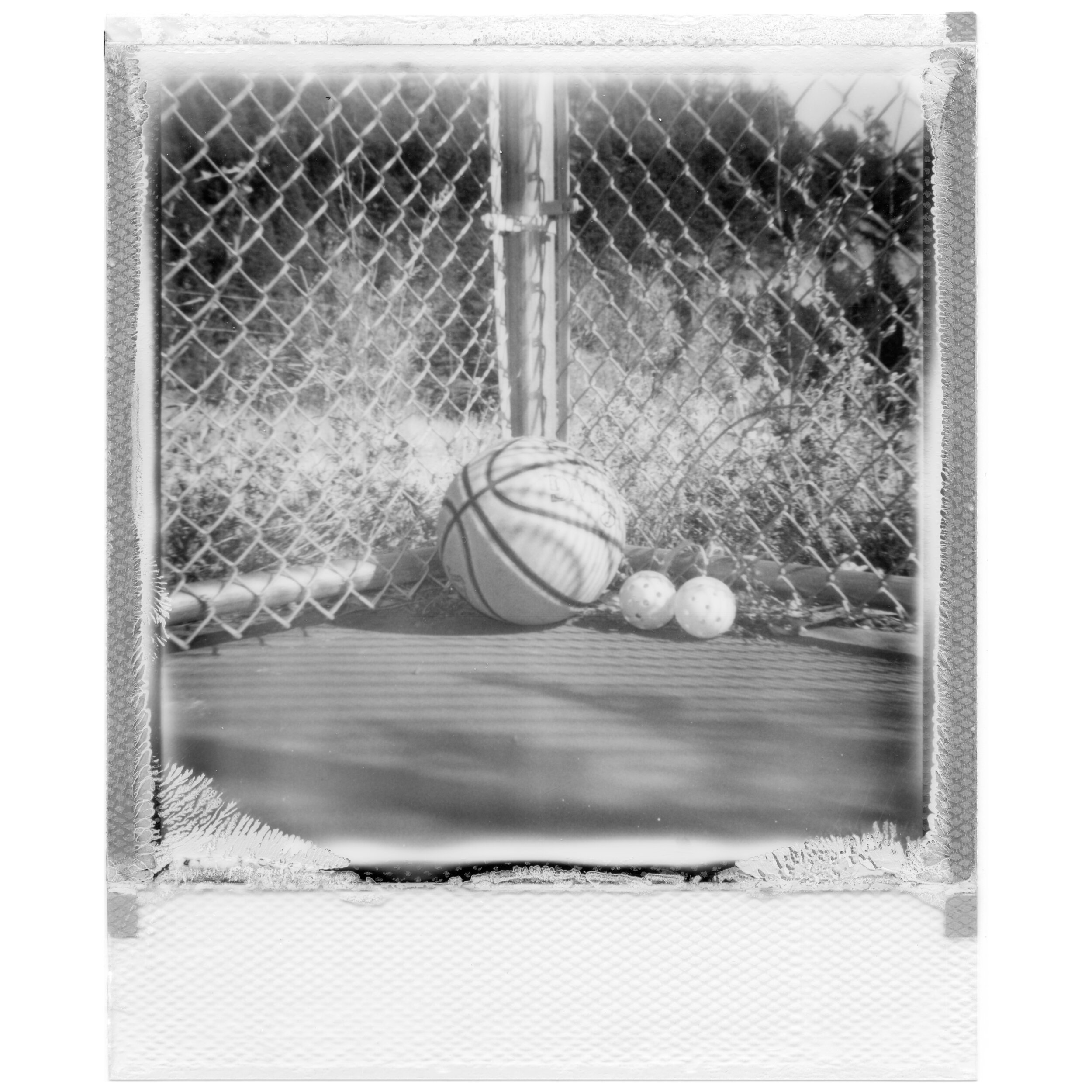
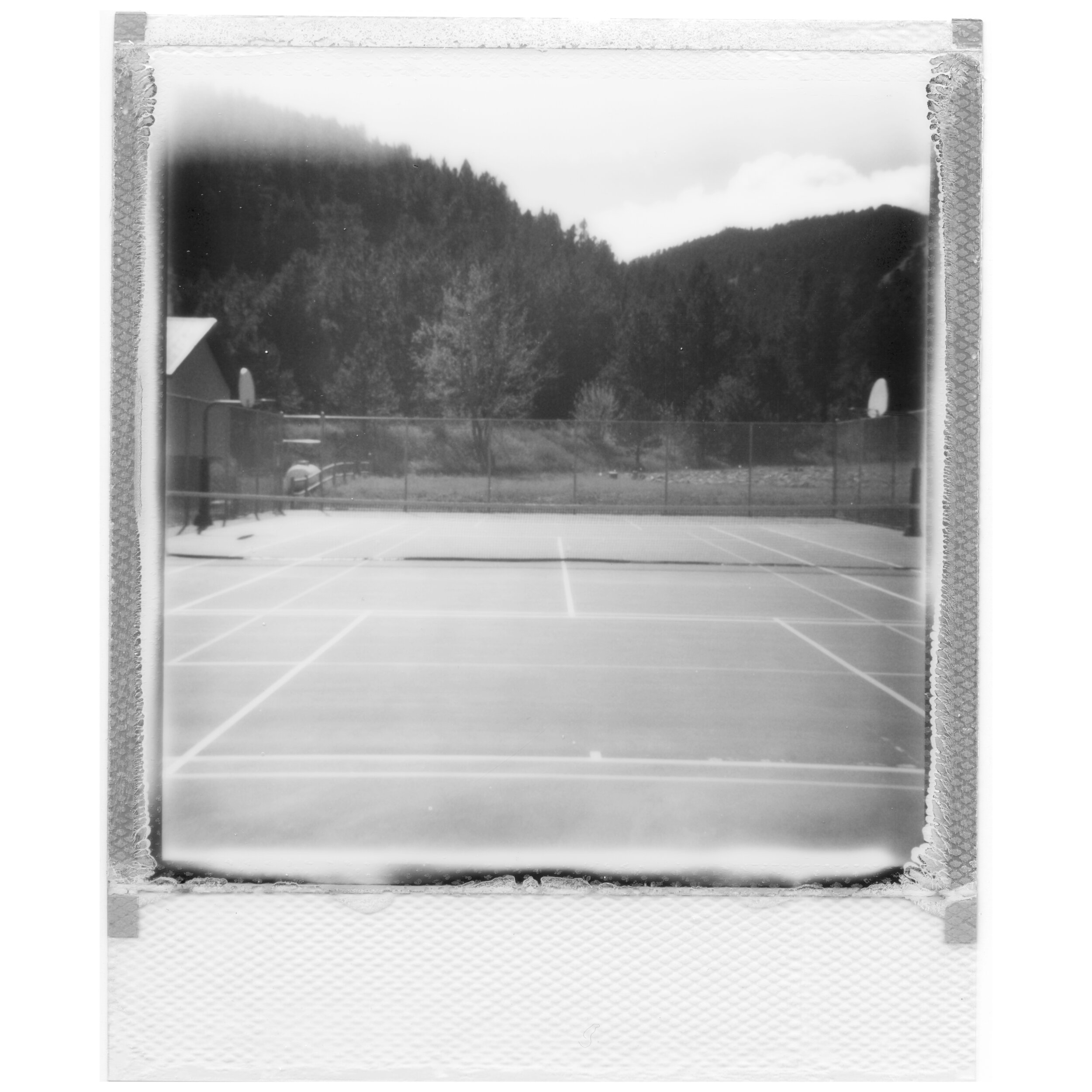
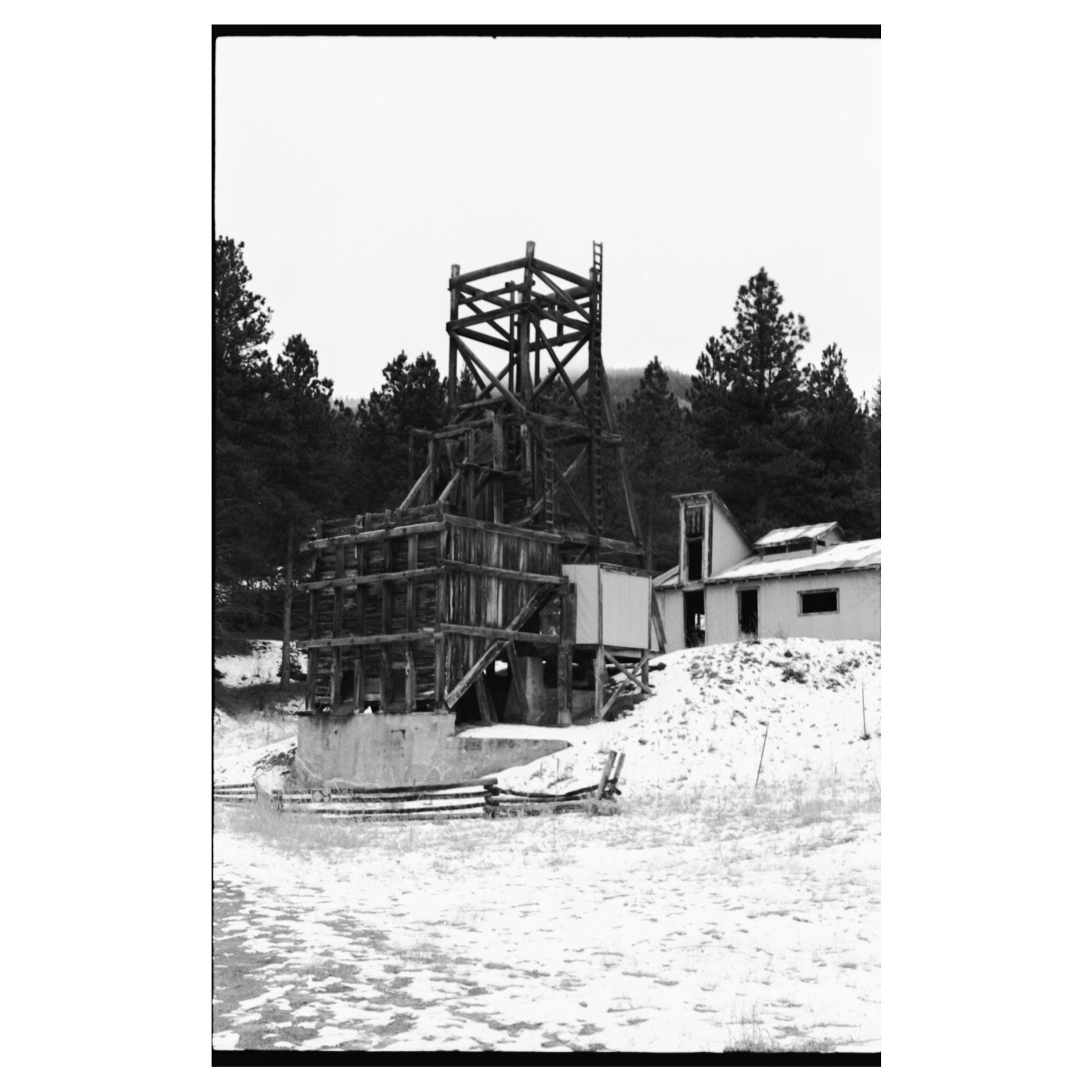
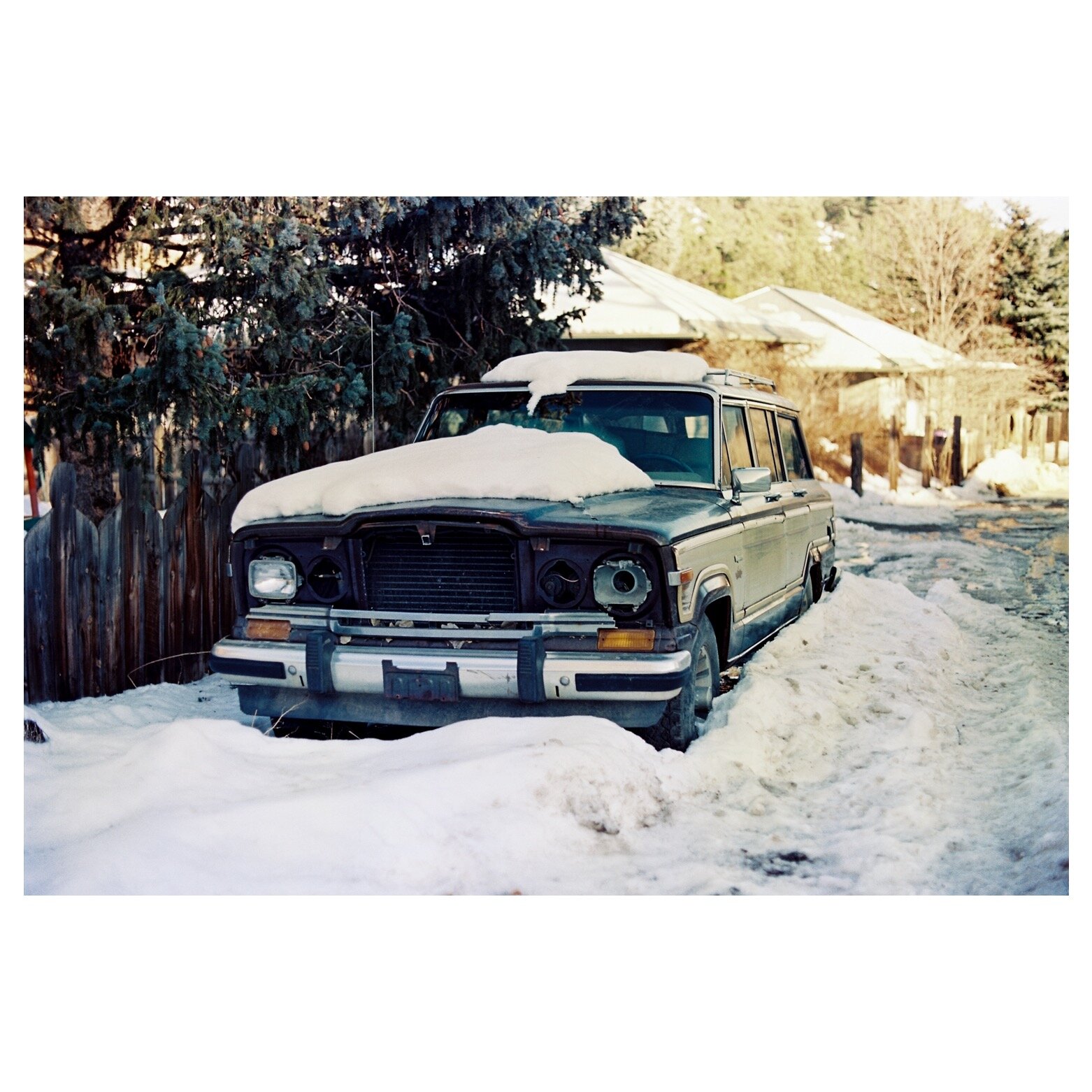
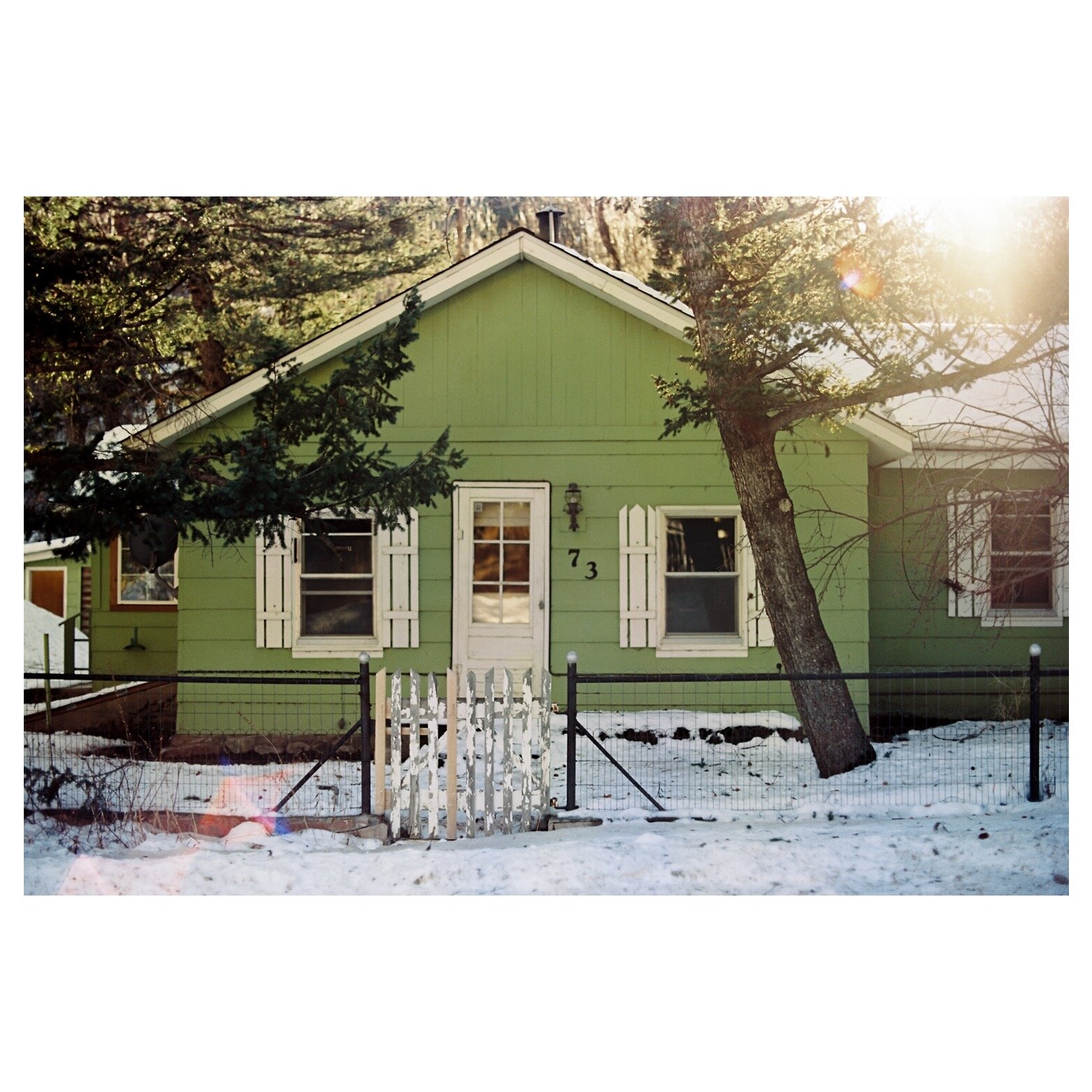
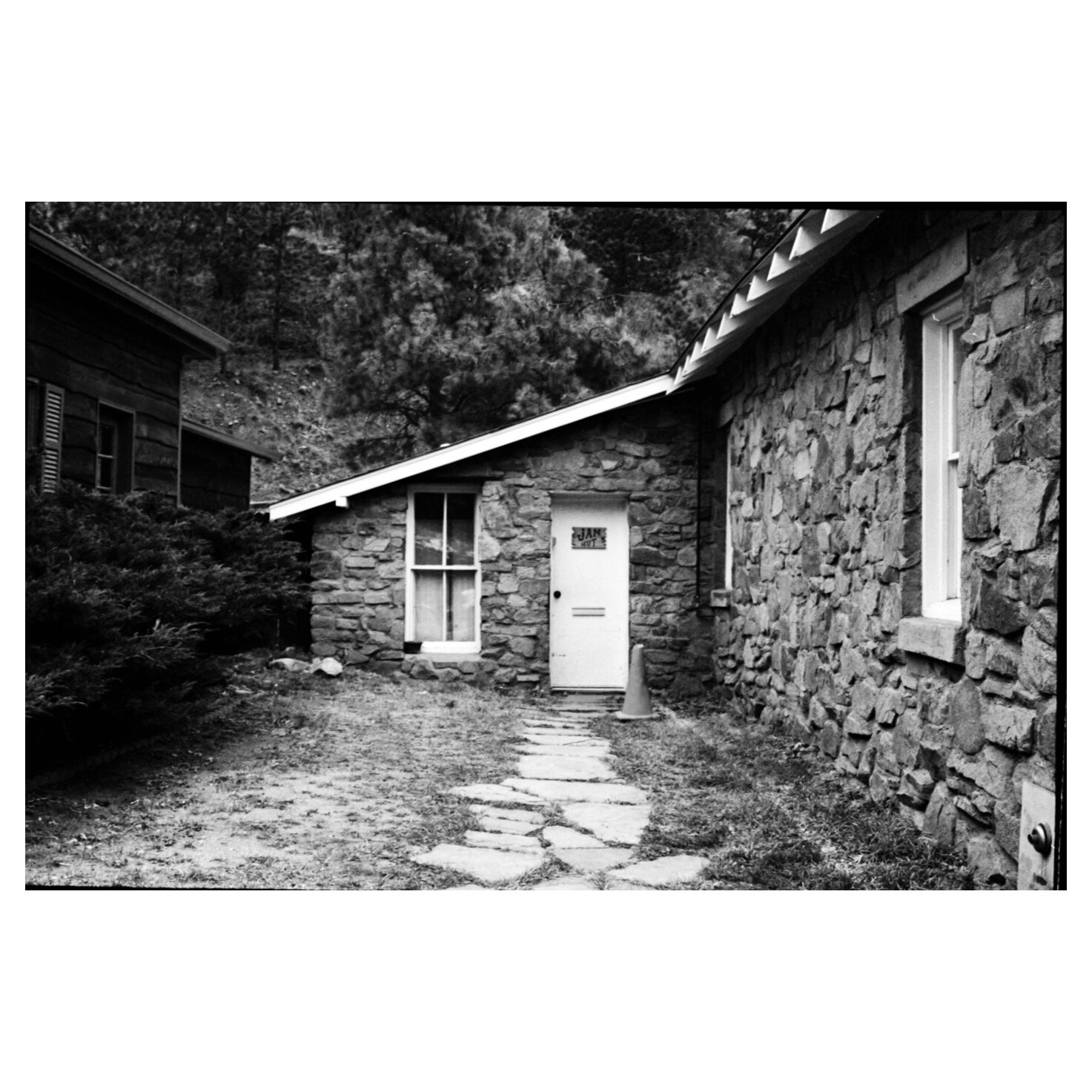
With Brodie and Lyons in mind, I have been slowly exploring parts of Jamestown and experimenting with different types of film, trying to find the one that fits most with the aesthetic I want for this project.
Unlike Brodie Lyons shoots mostly in black and white, which I very much like because they have a simplicity and cleanness to them, compared to the business colour can add to a photograph, especially when shooting a cluttered landscape. I also very much the classic archival style of black and white, however, there is depth and a layer of life colour can provide to an image, so I have been trying to find a balance of black and white and colour within my own work hoping to create my own aesthetic that will help to truly portray the life I am living and documenting. Looking over my work from the past few weeks, I feel that I am heading in the right direction and excited to continue refining my visual language.










